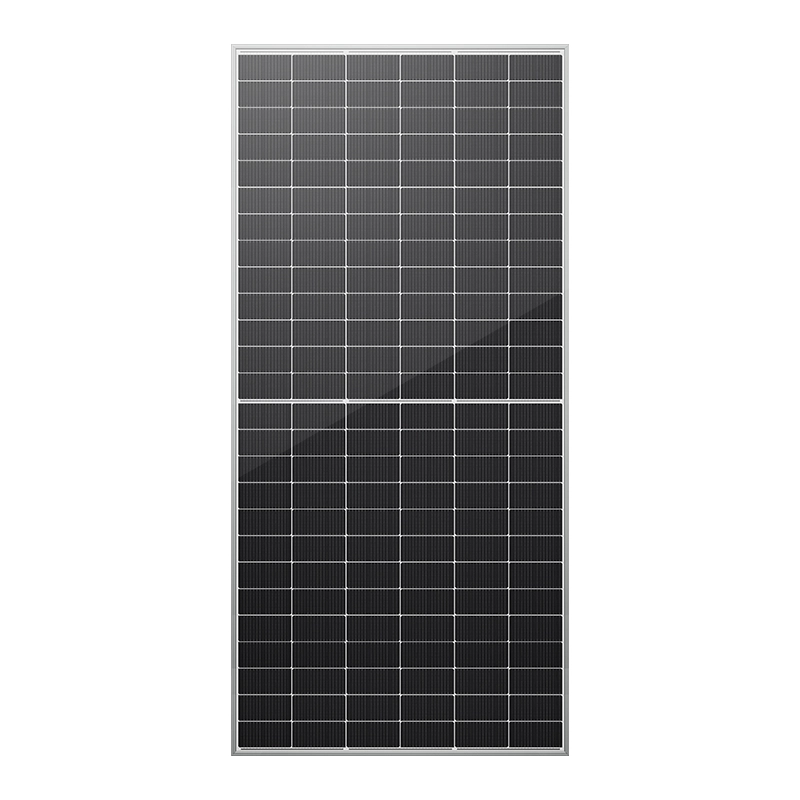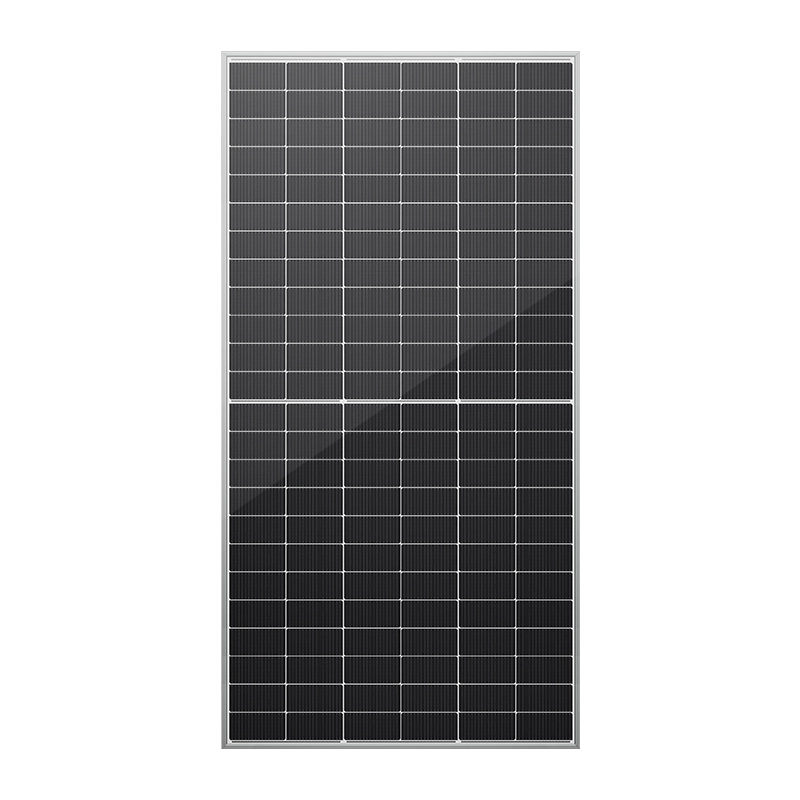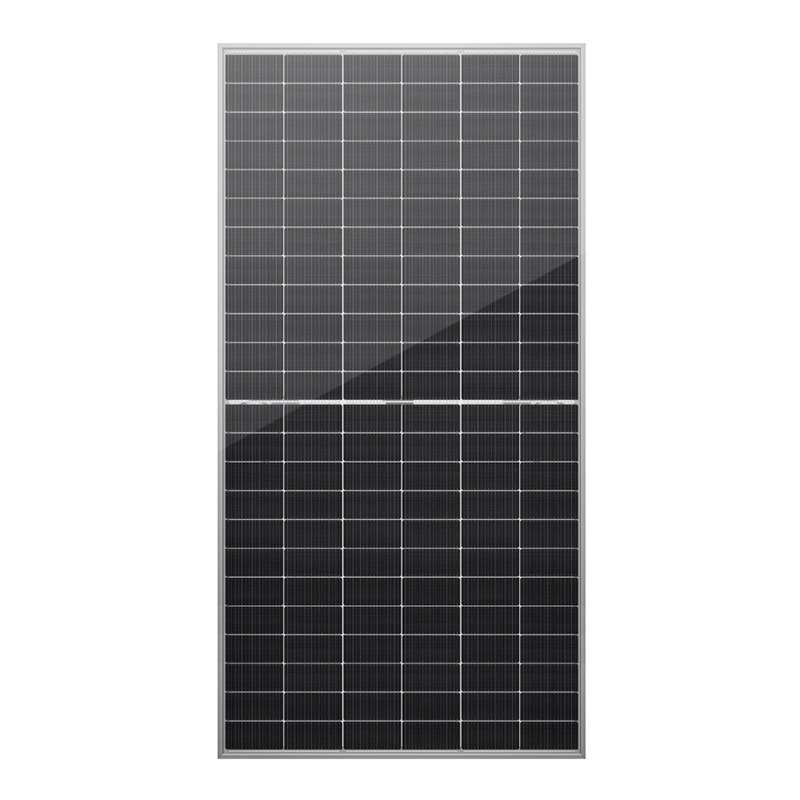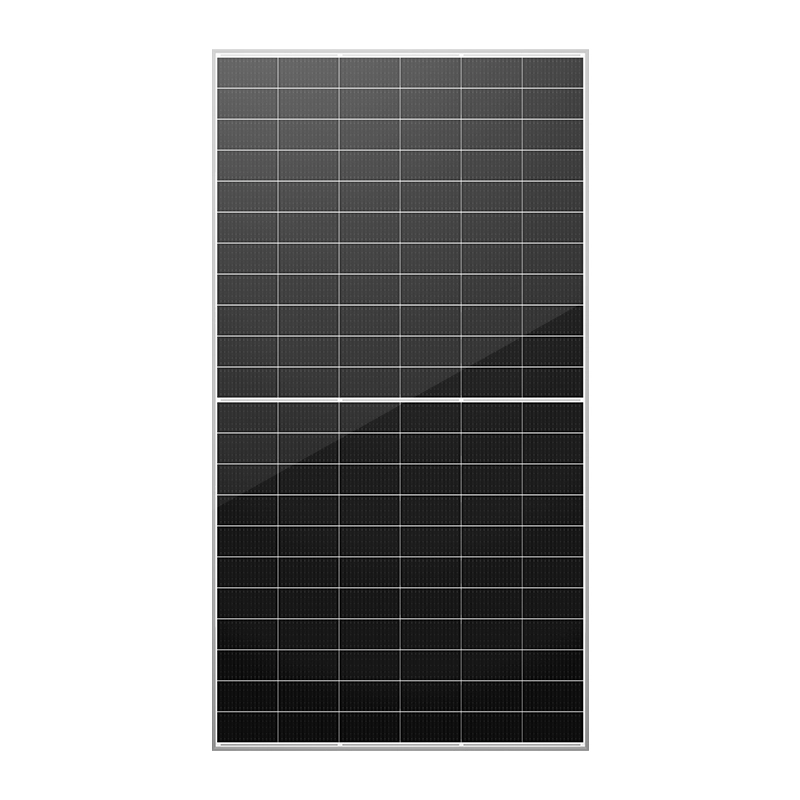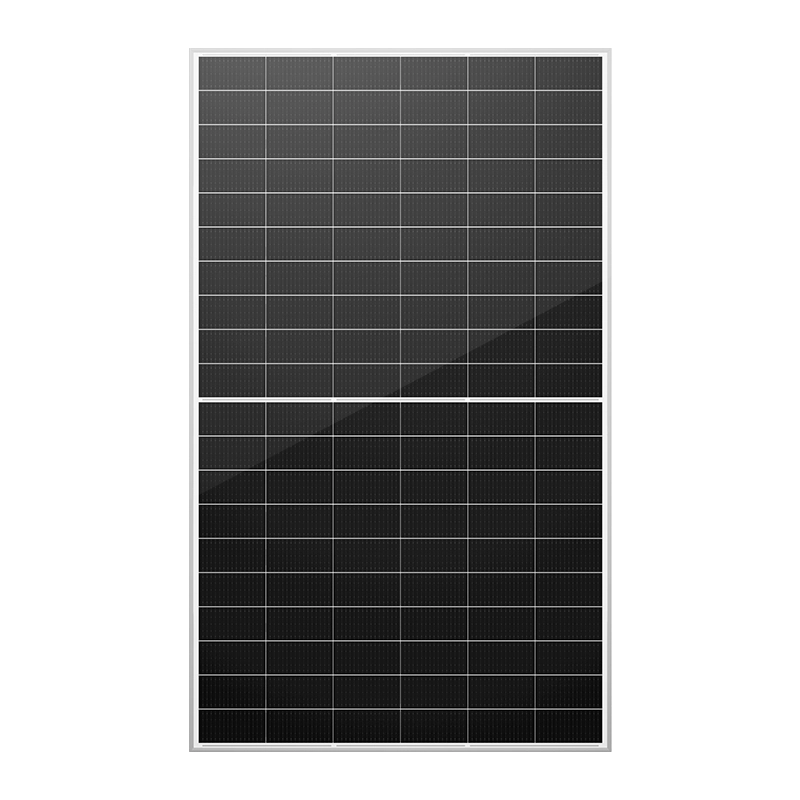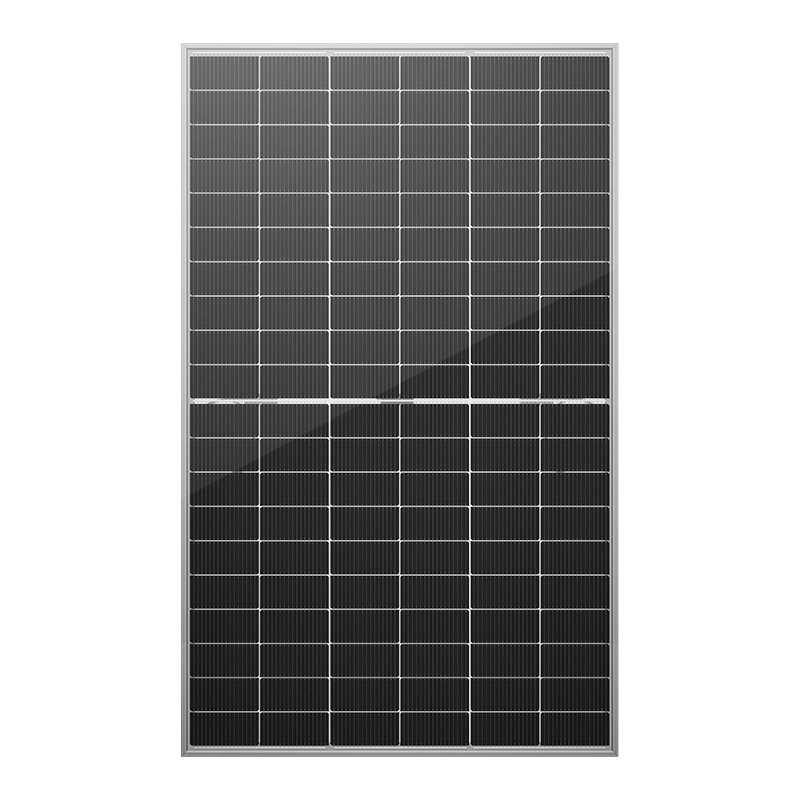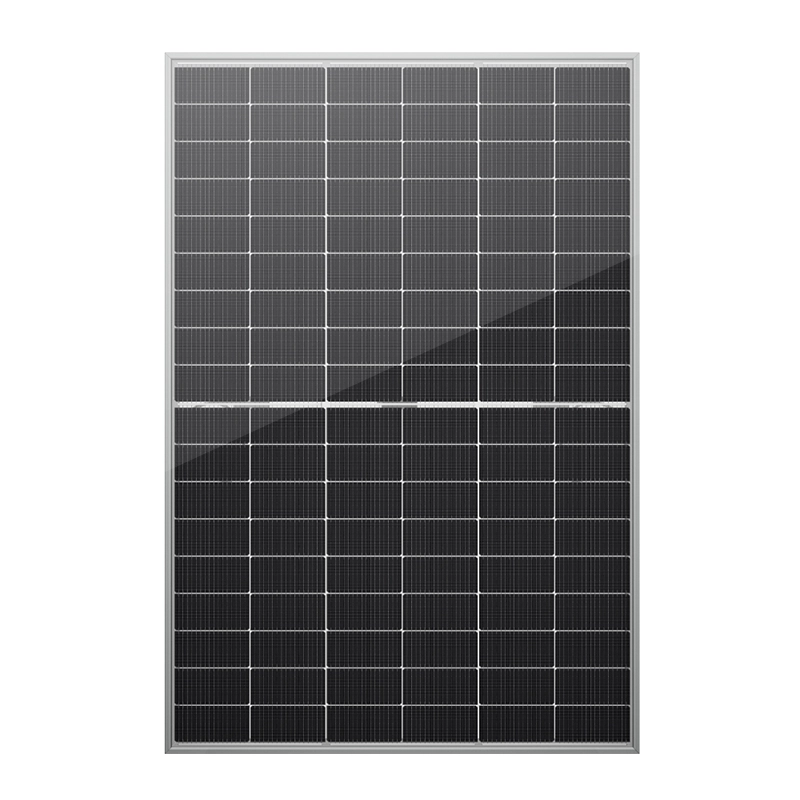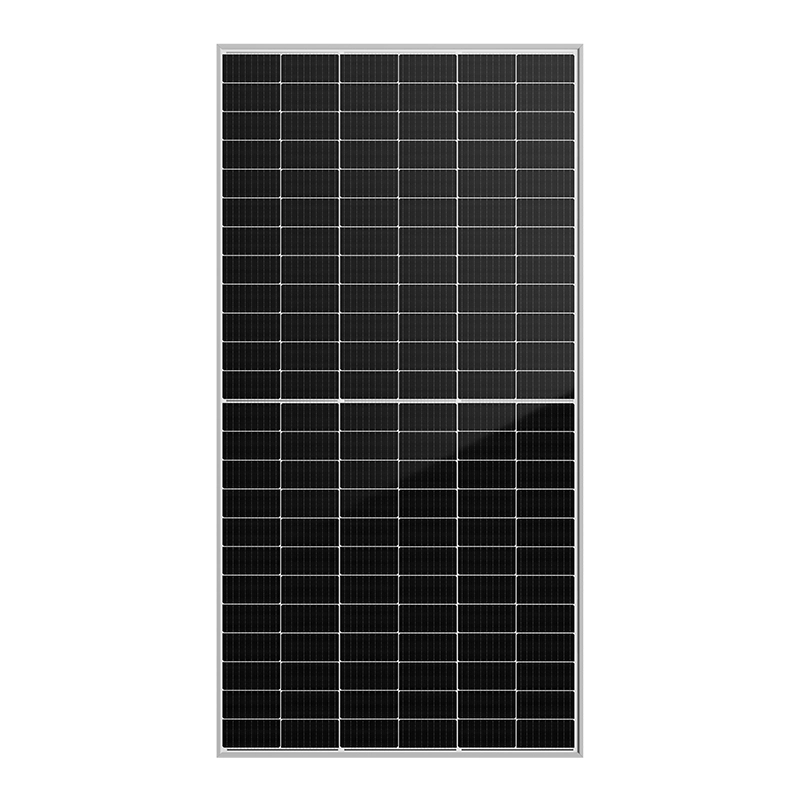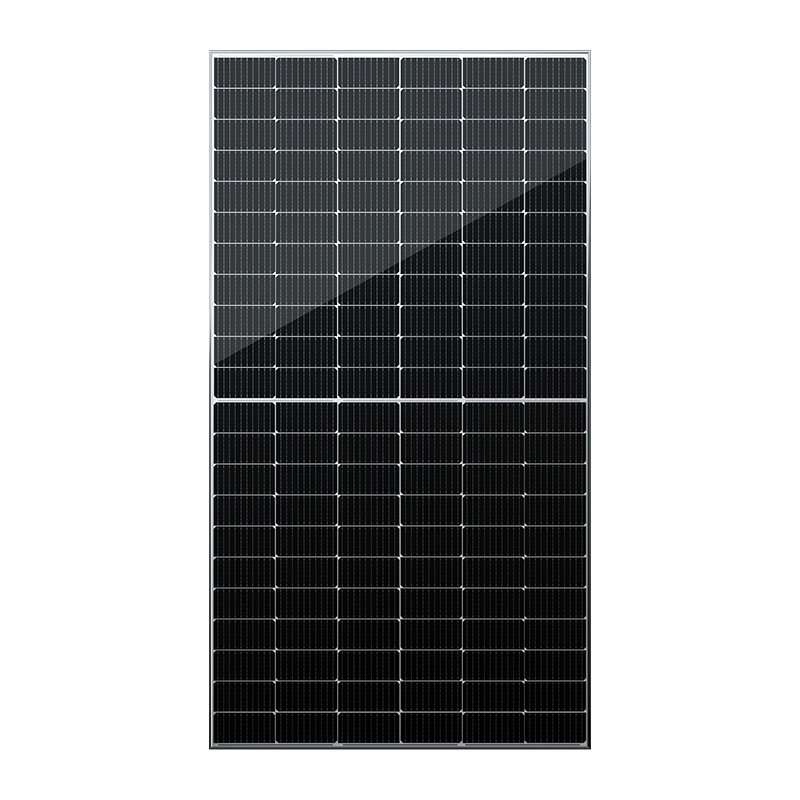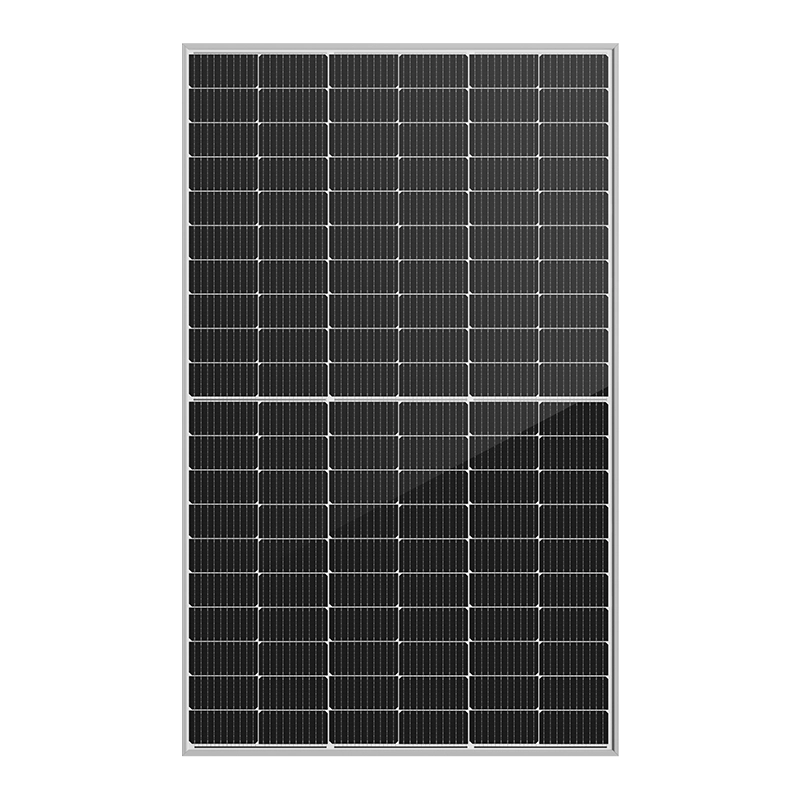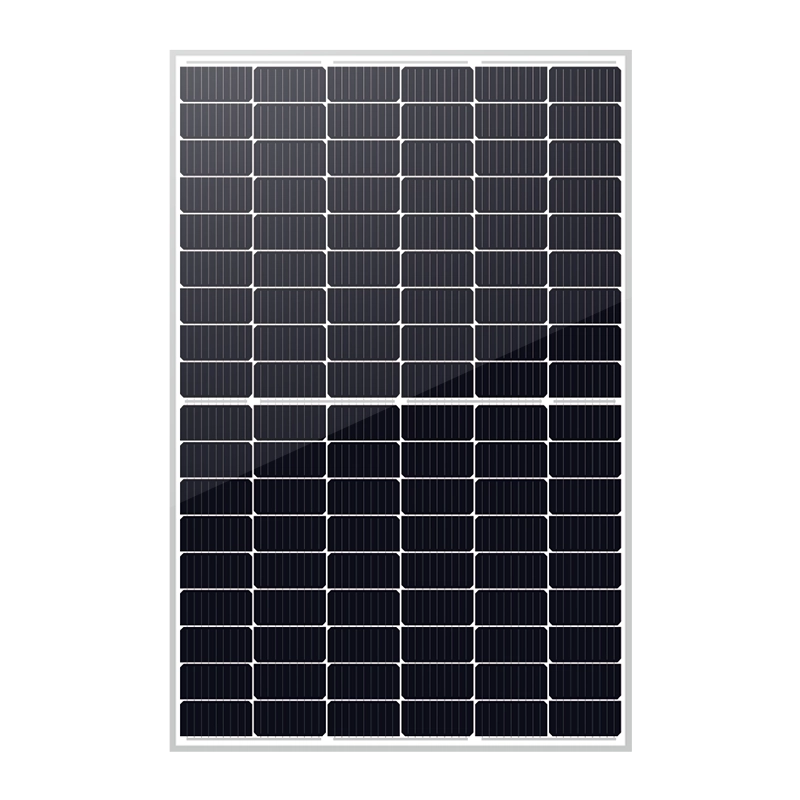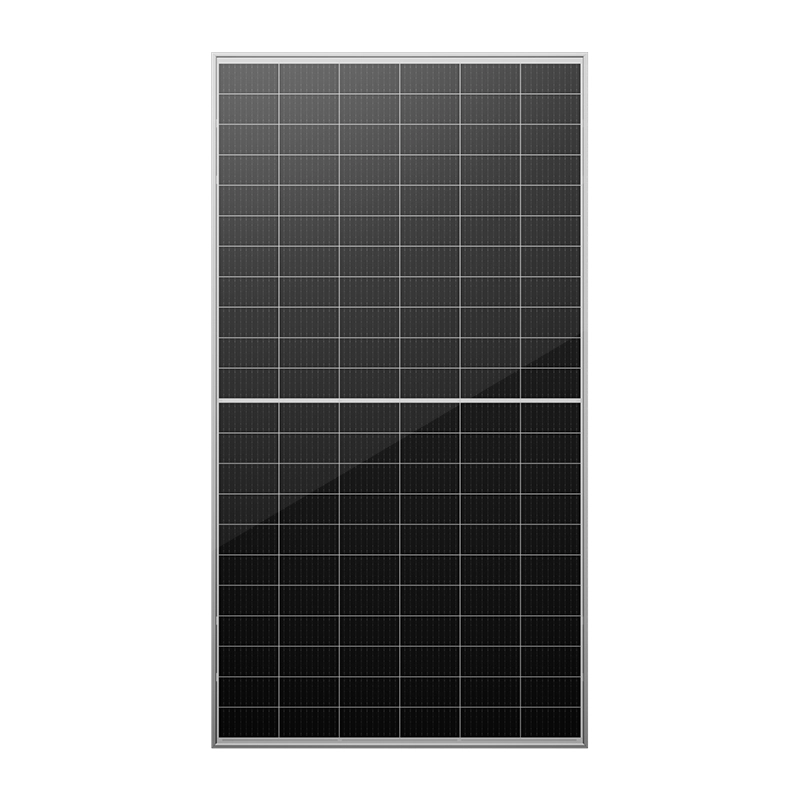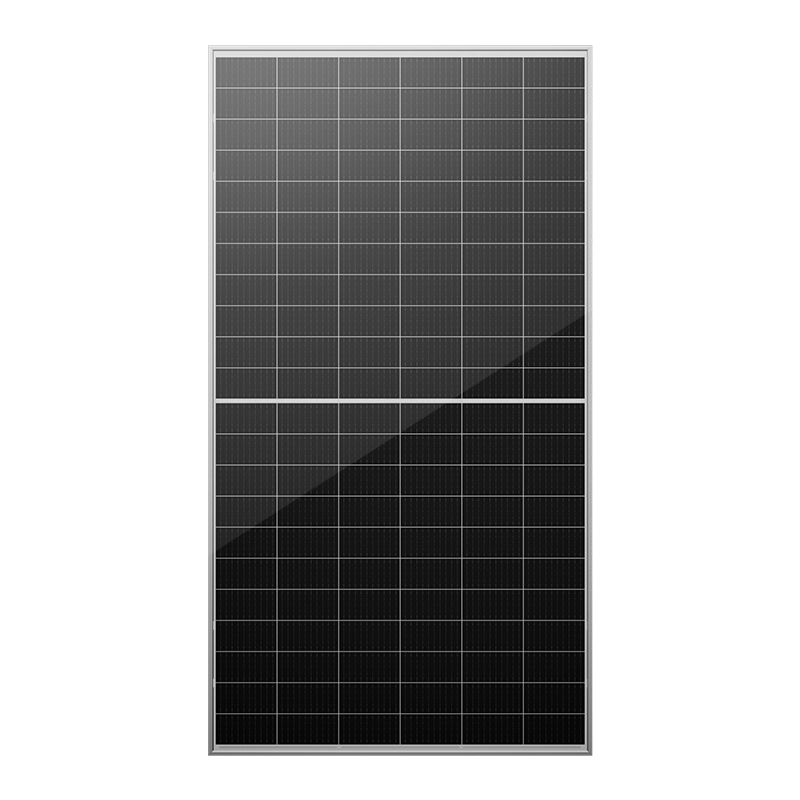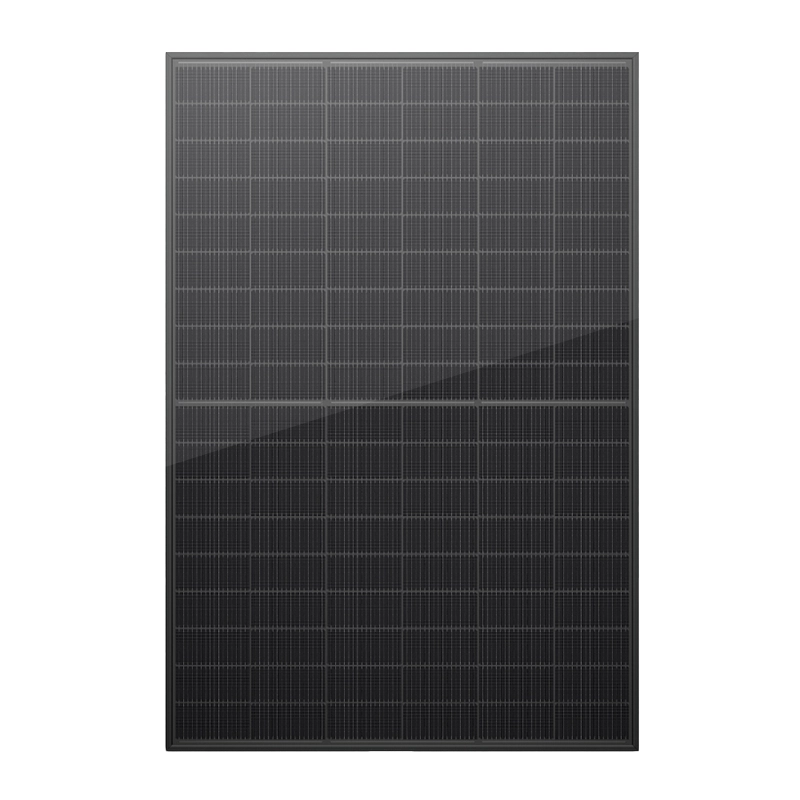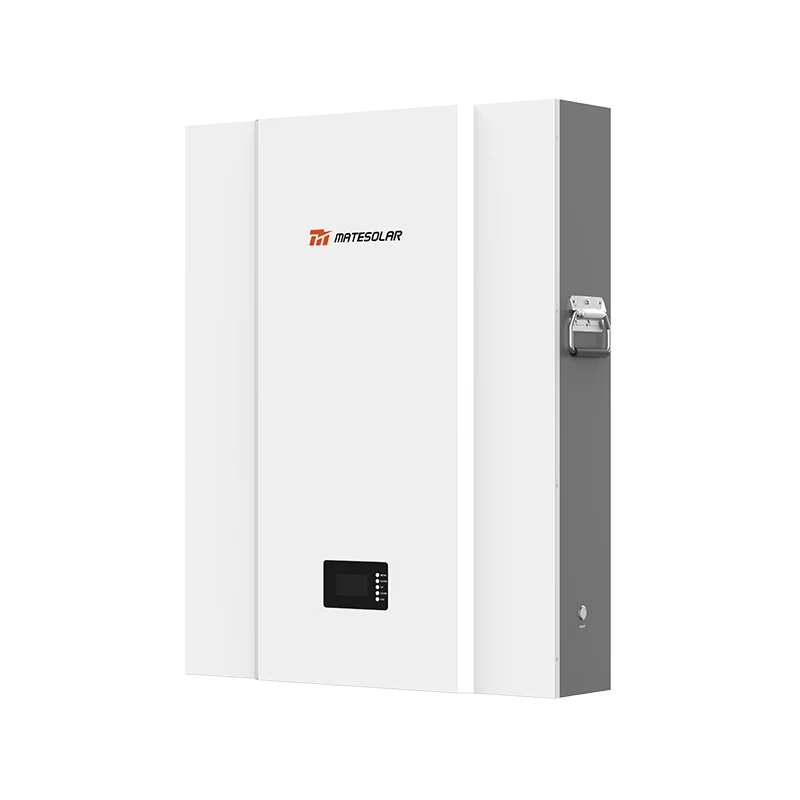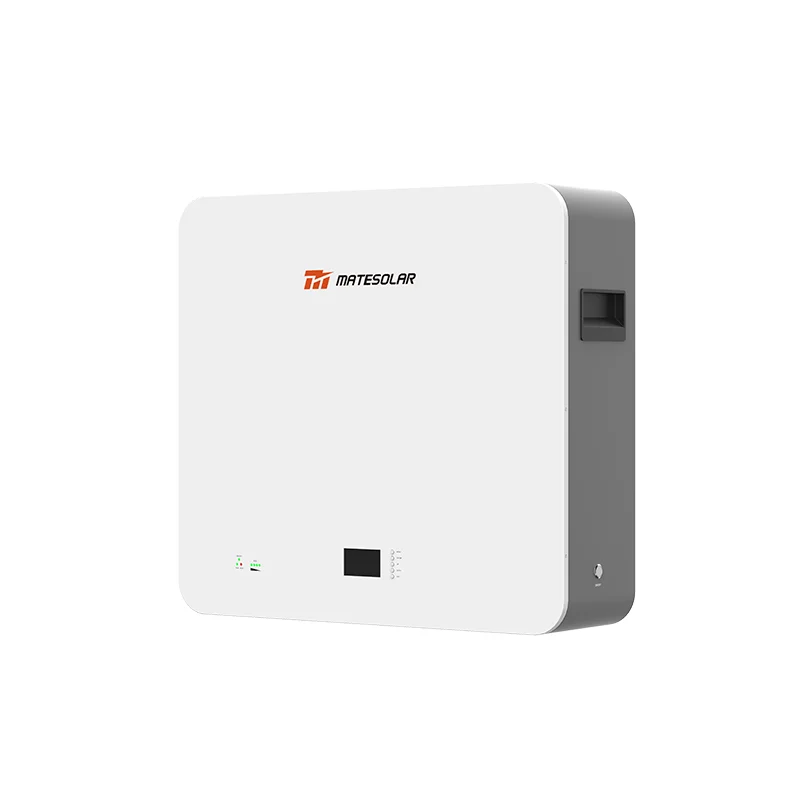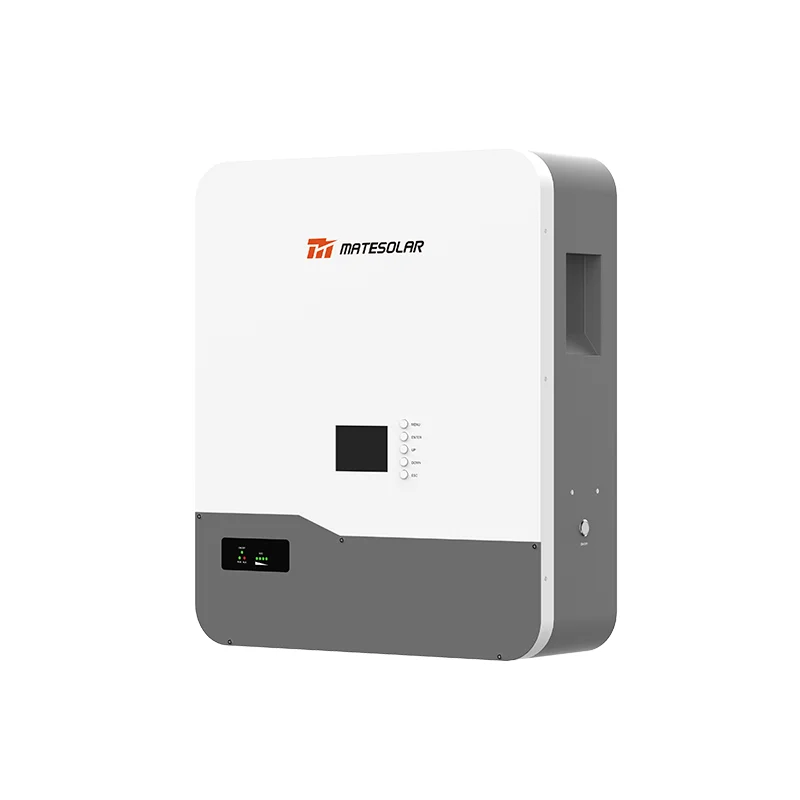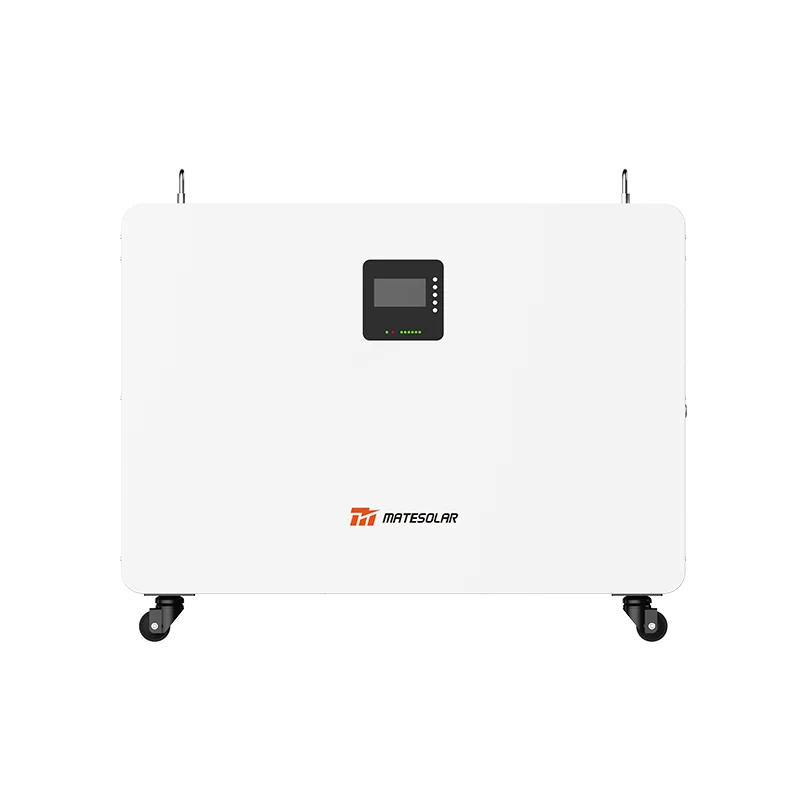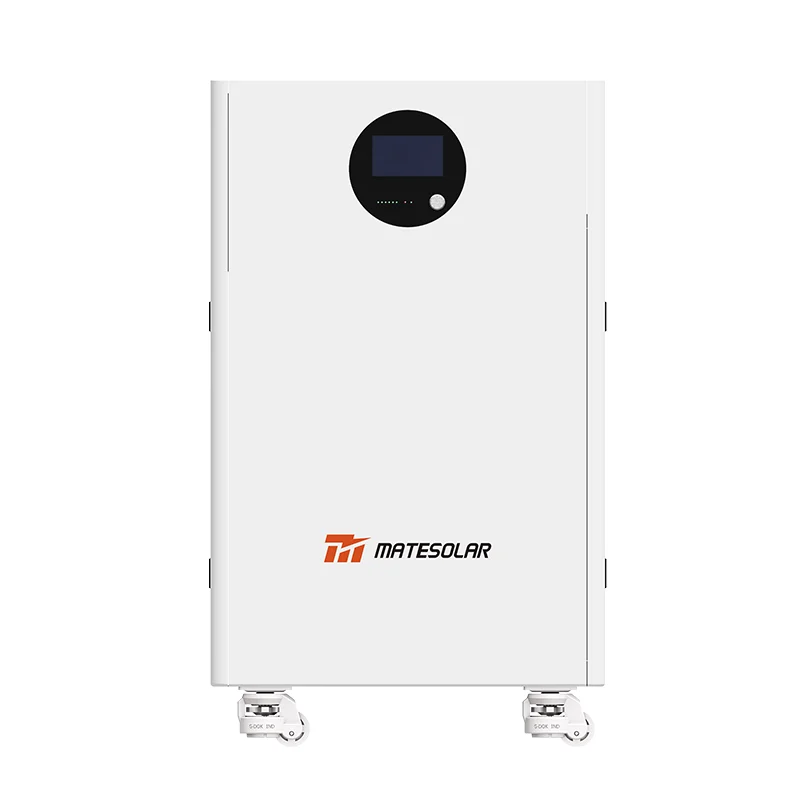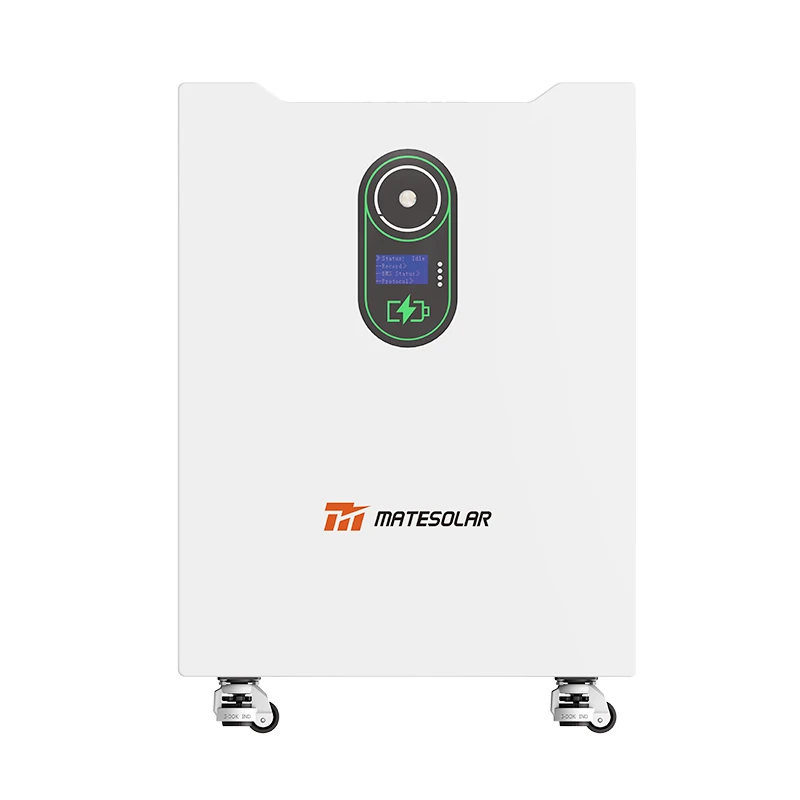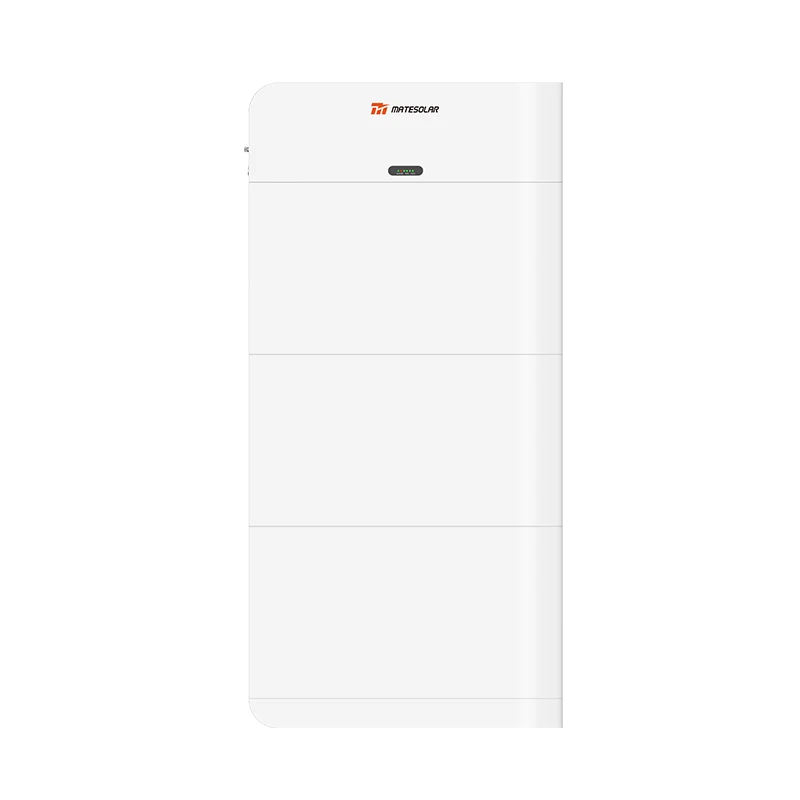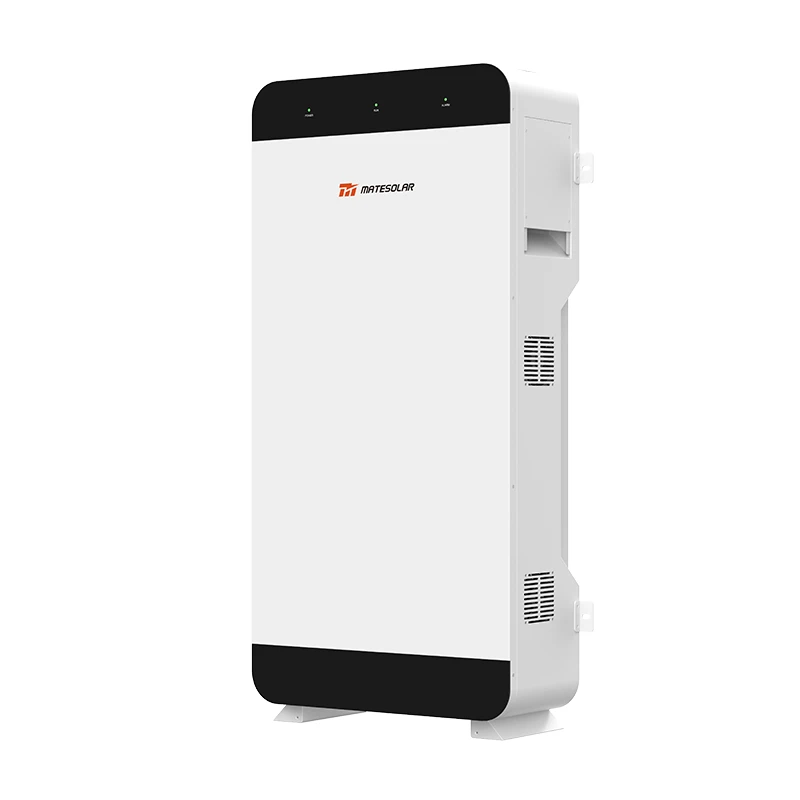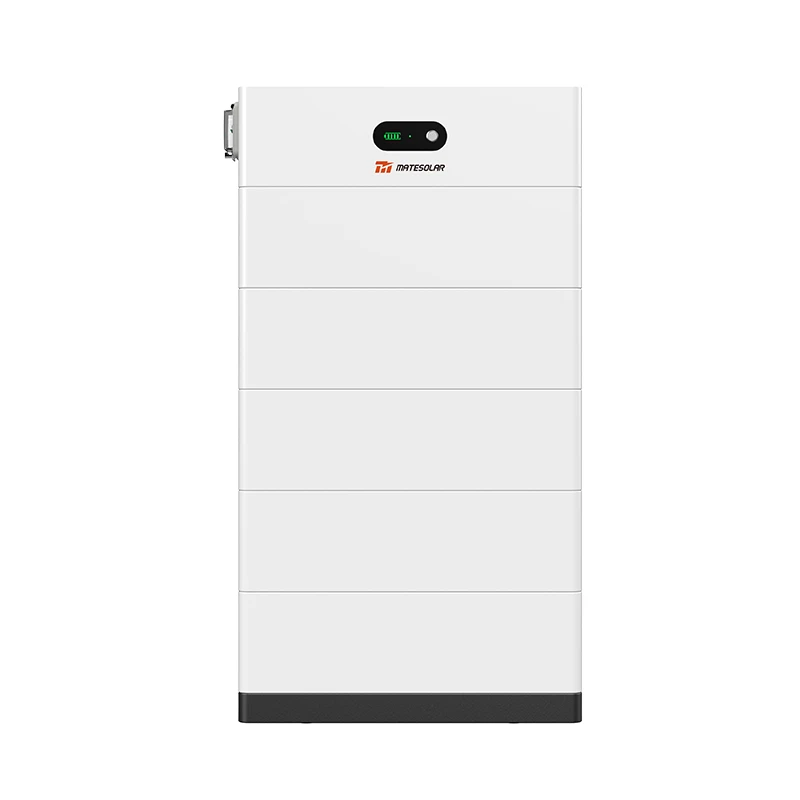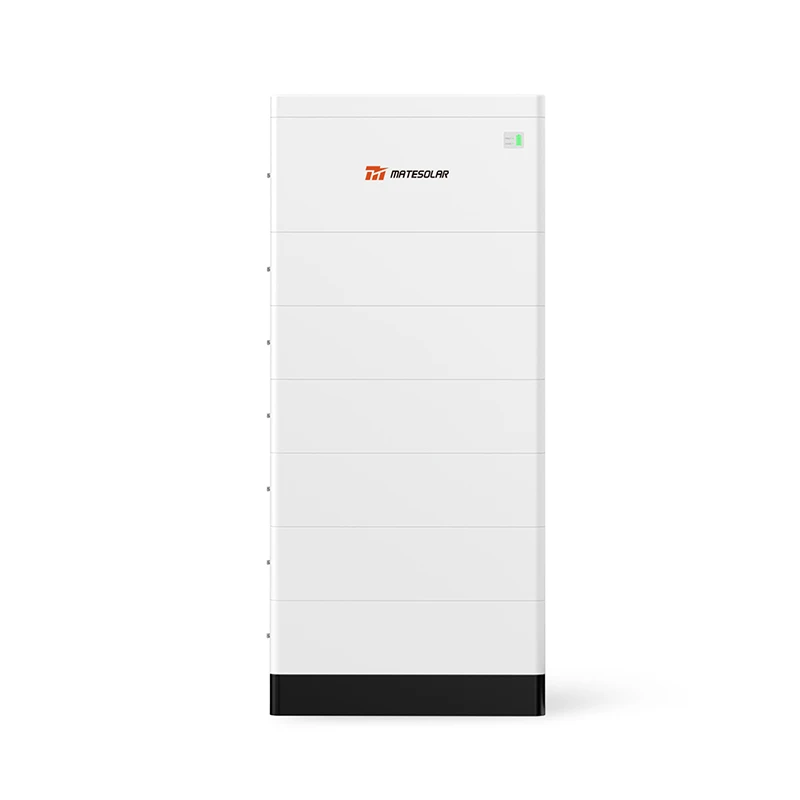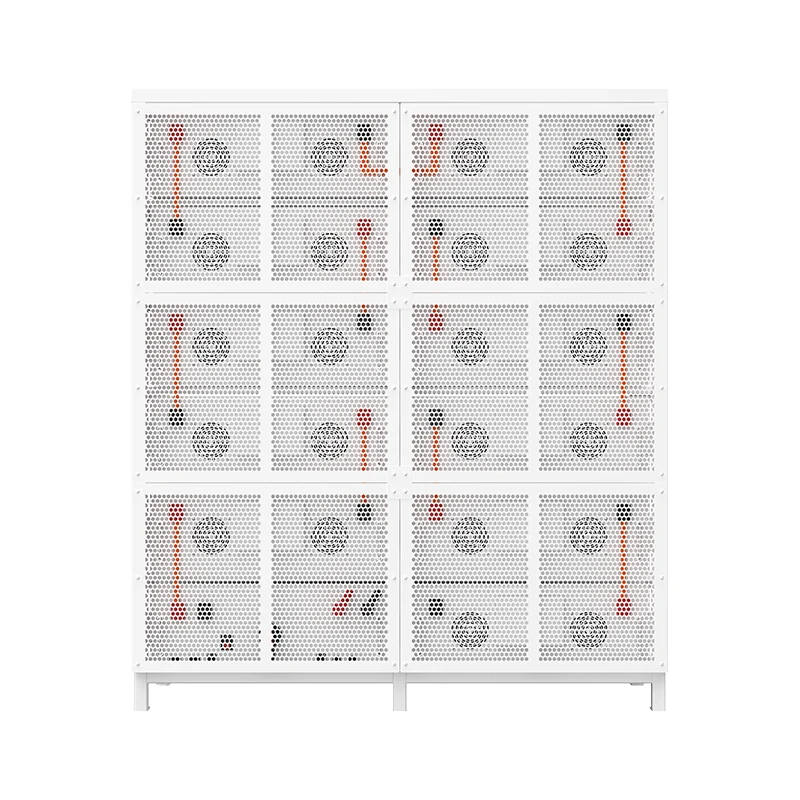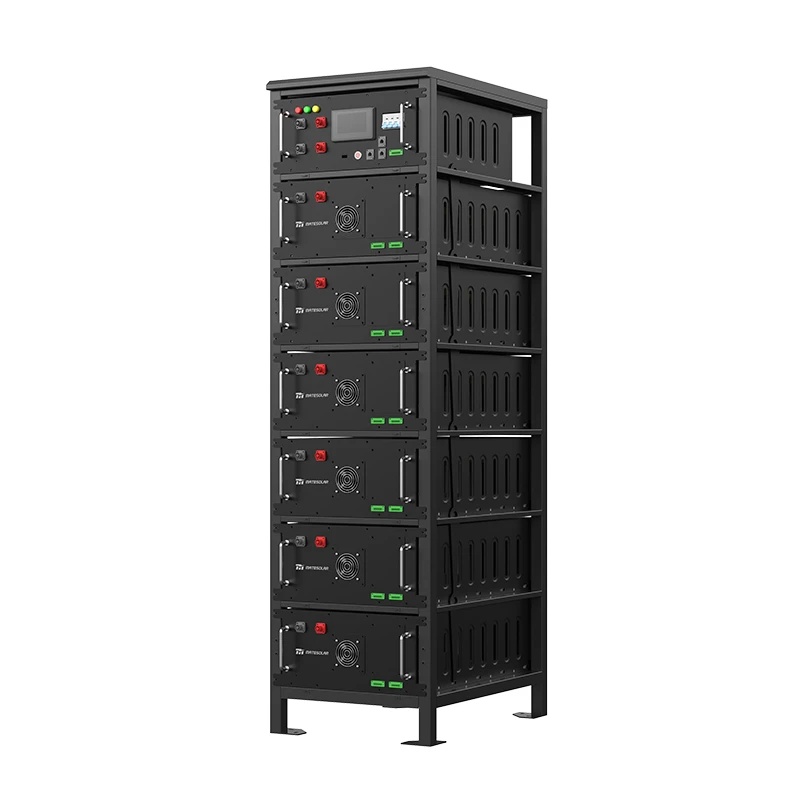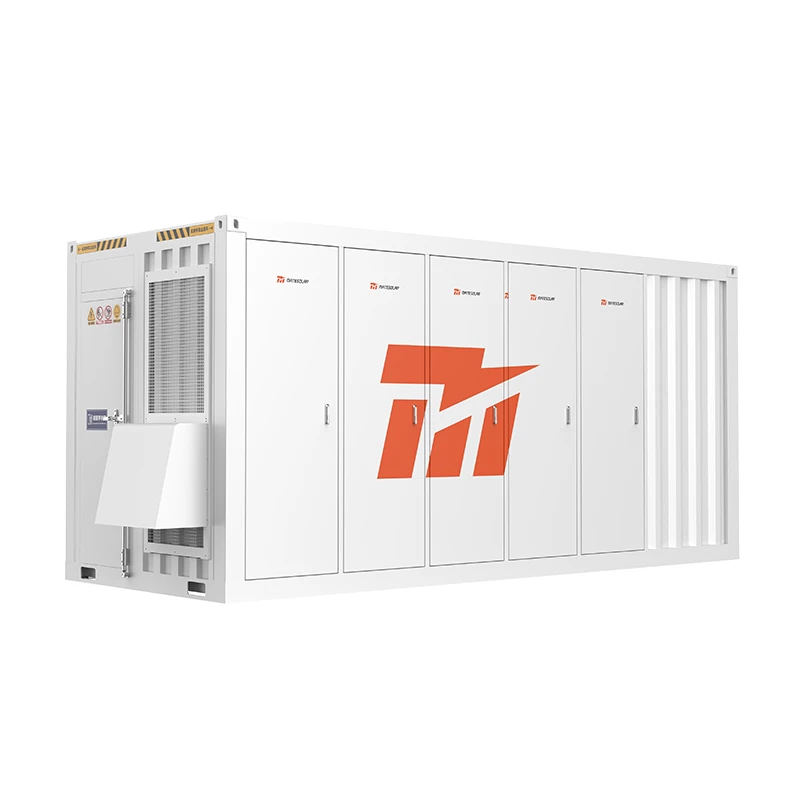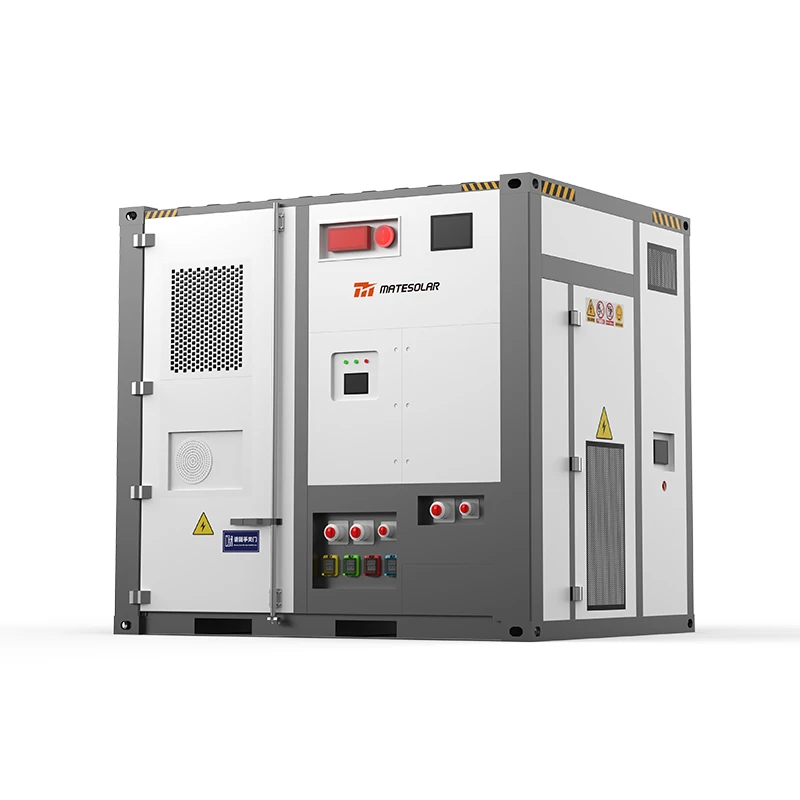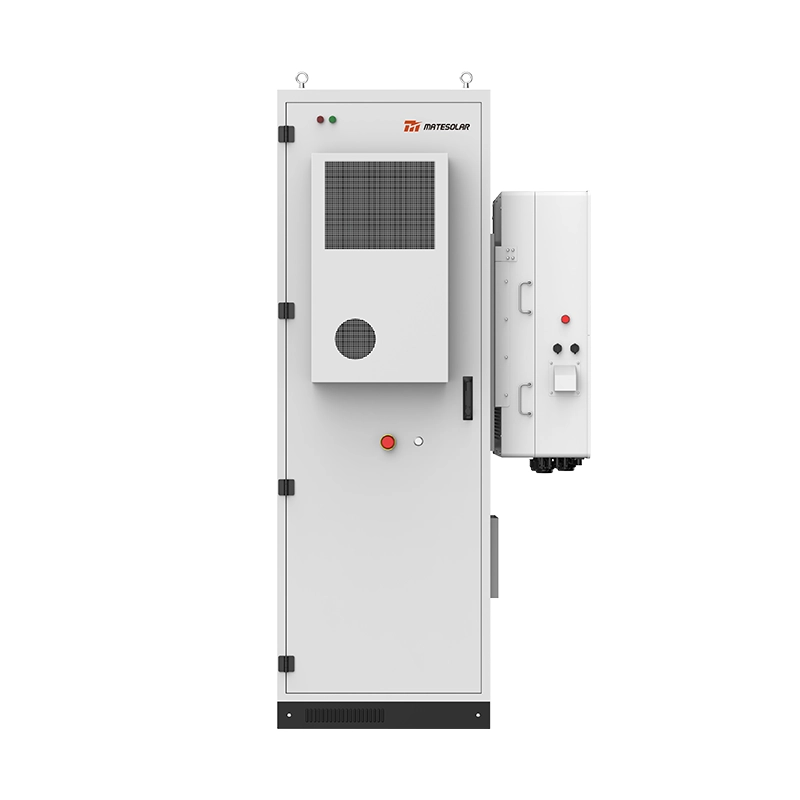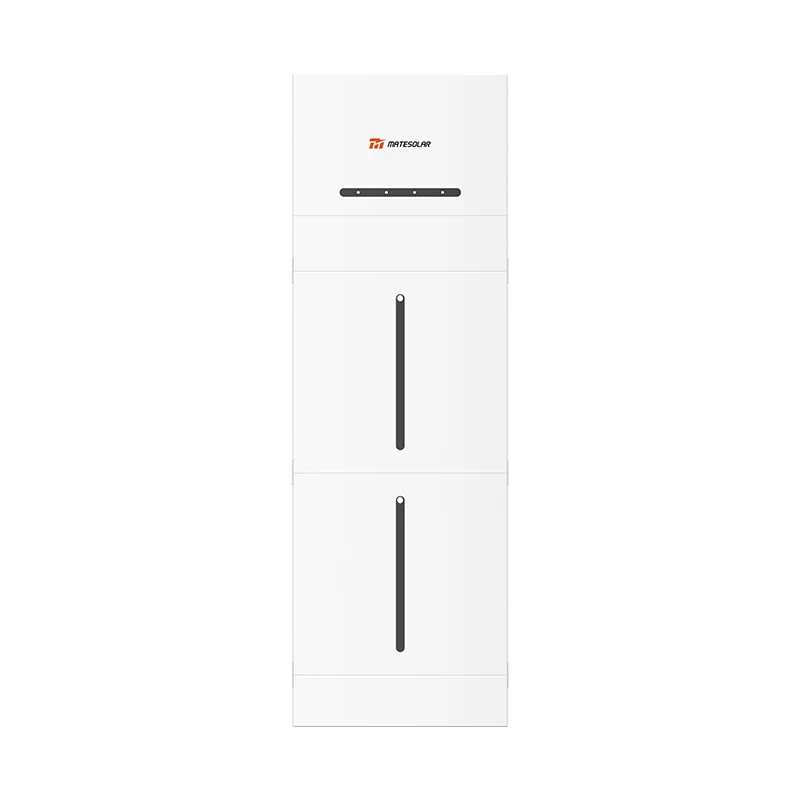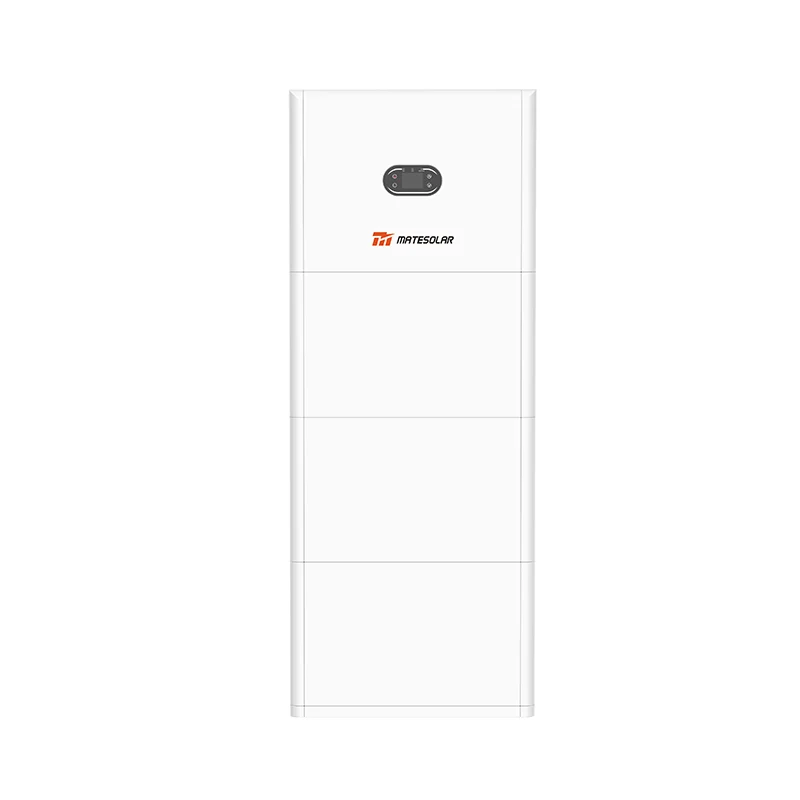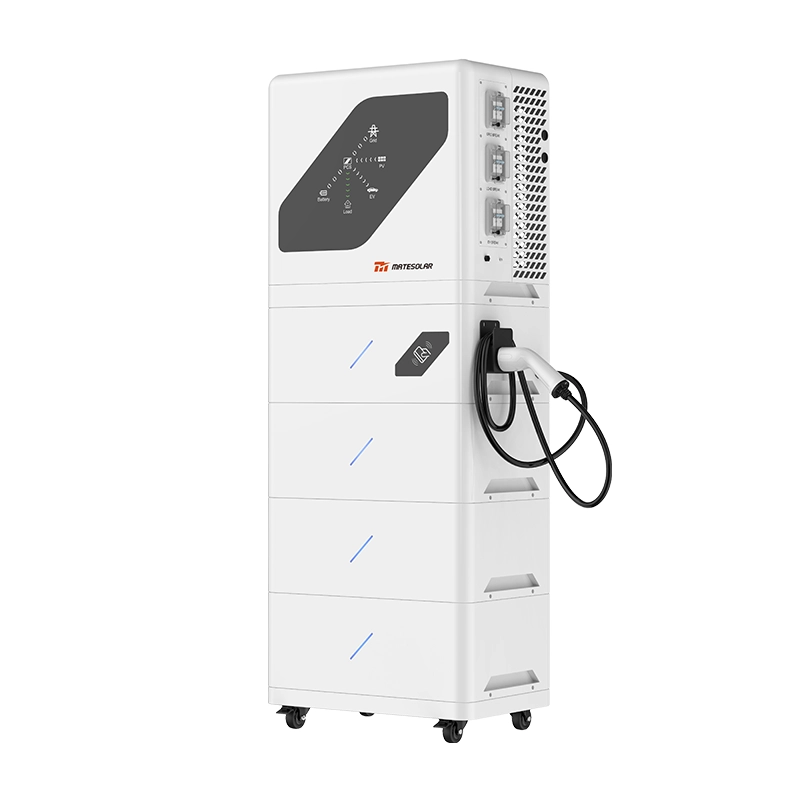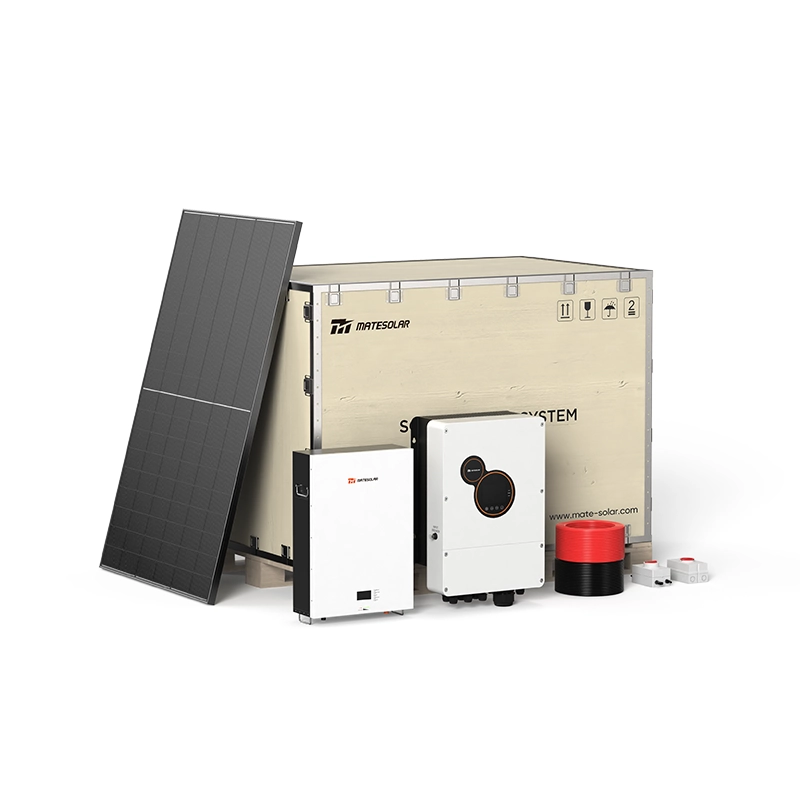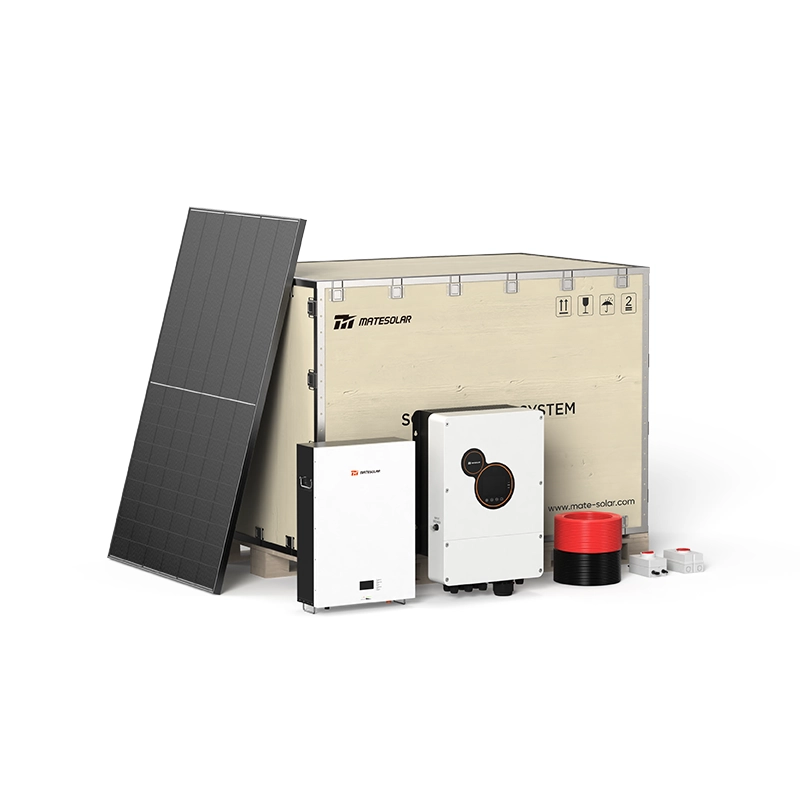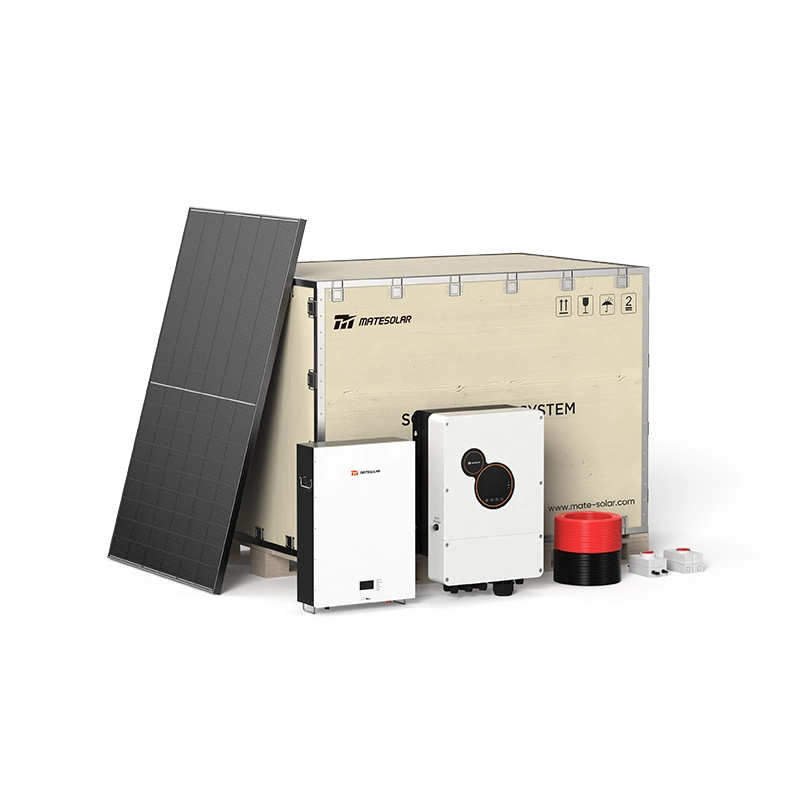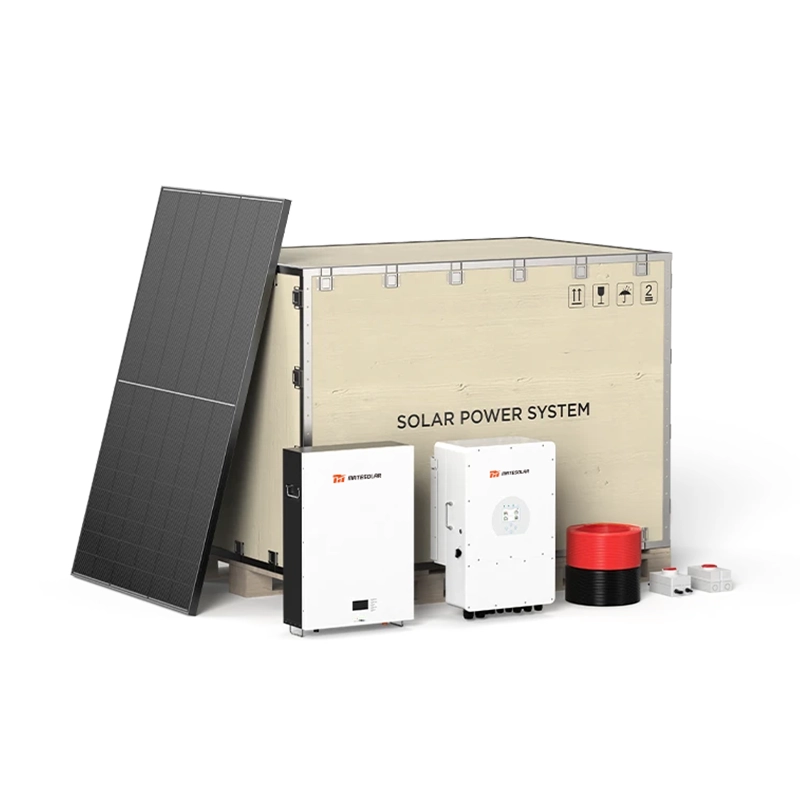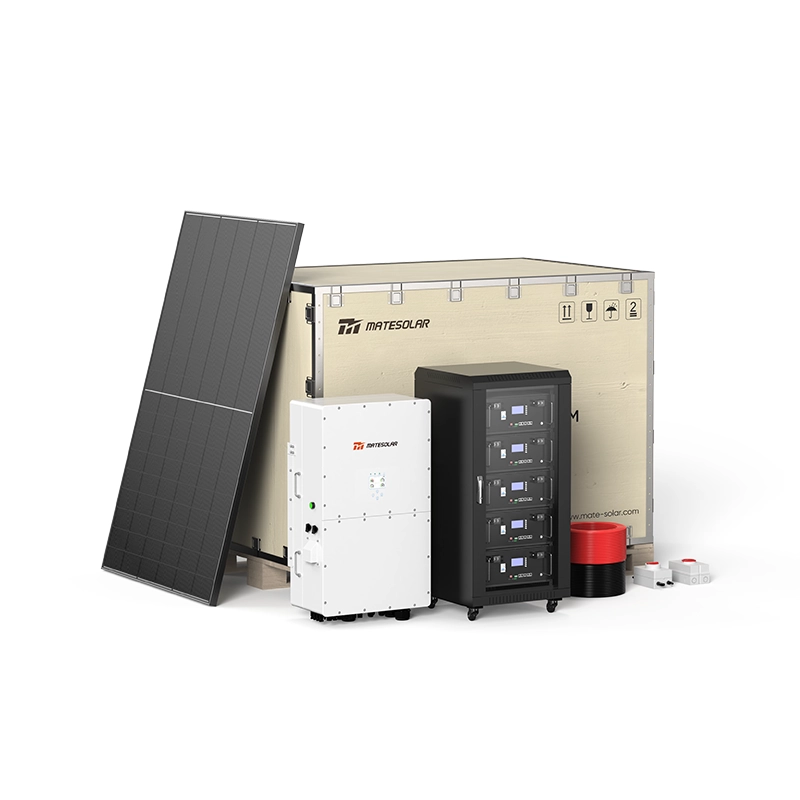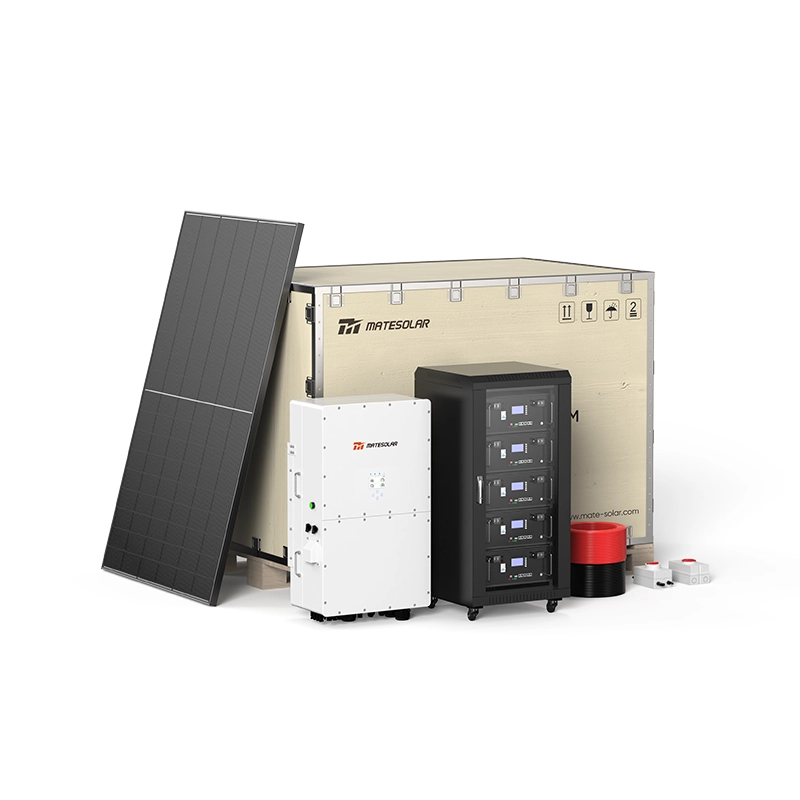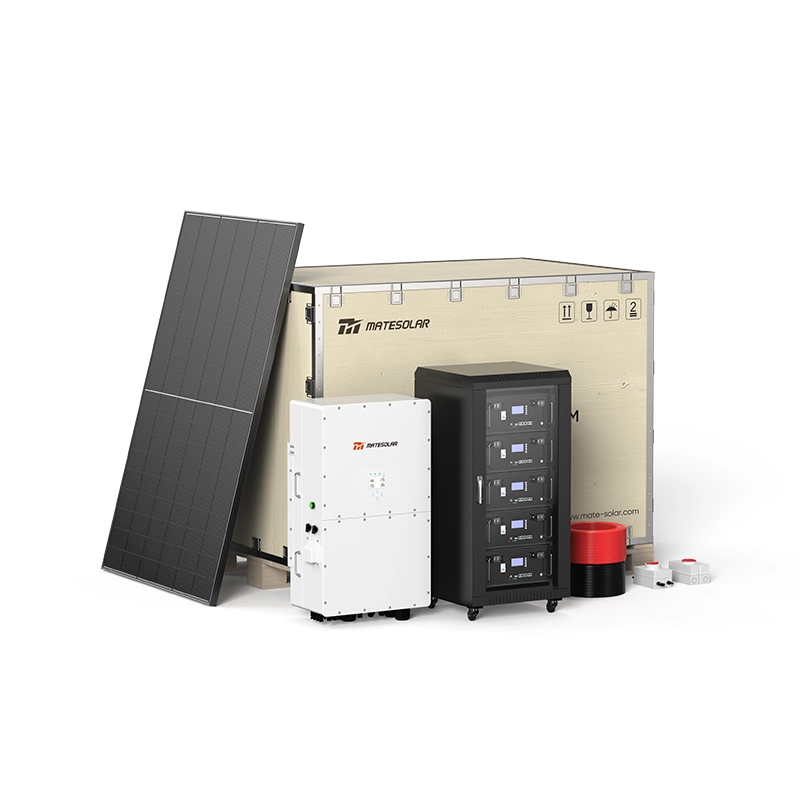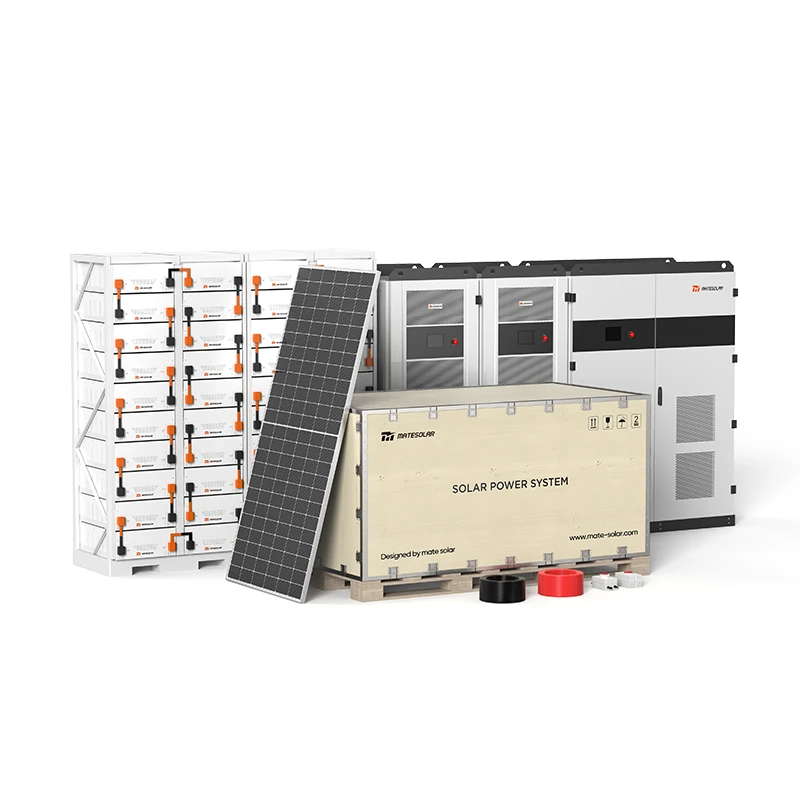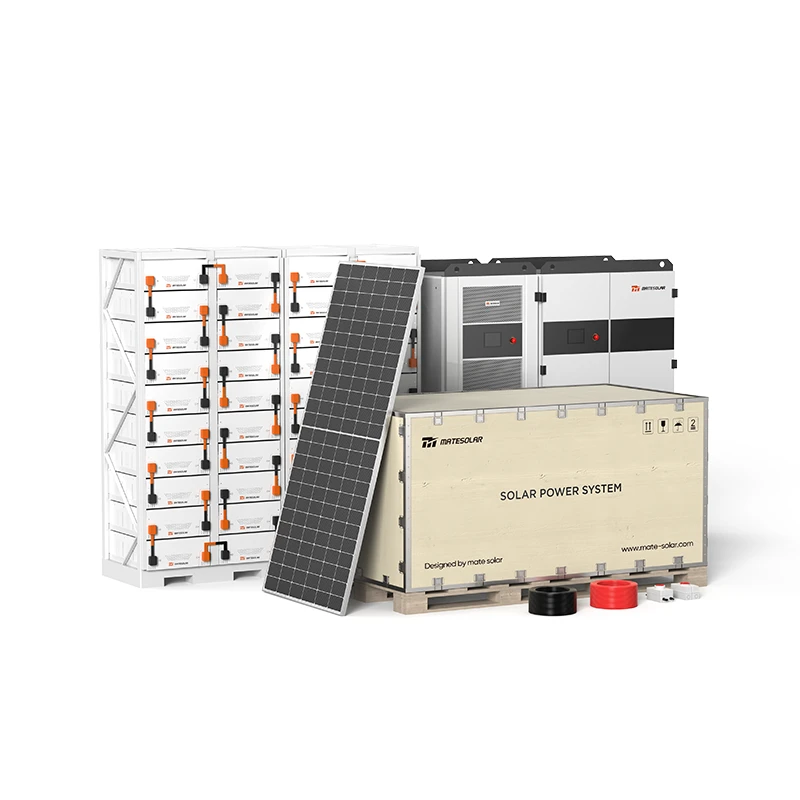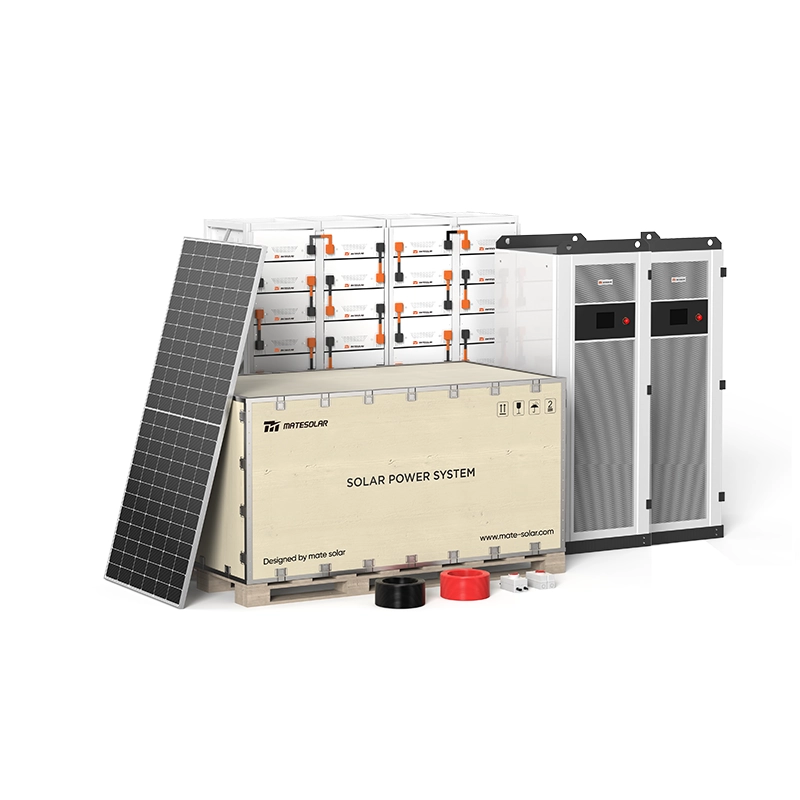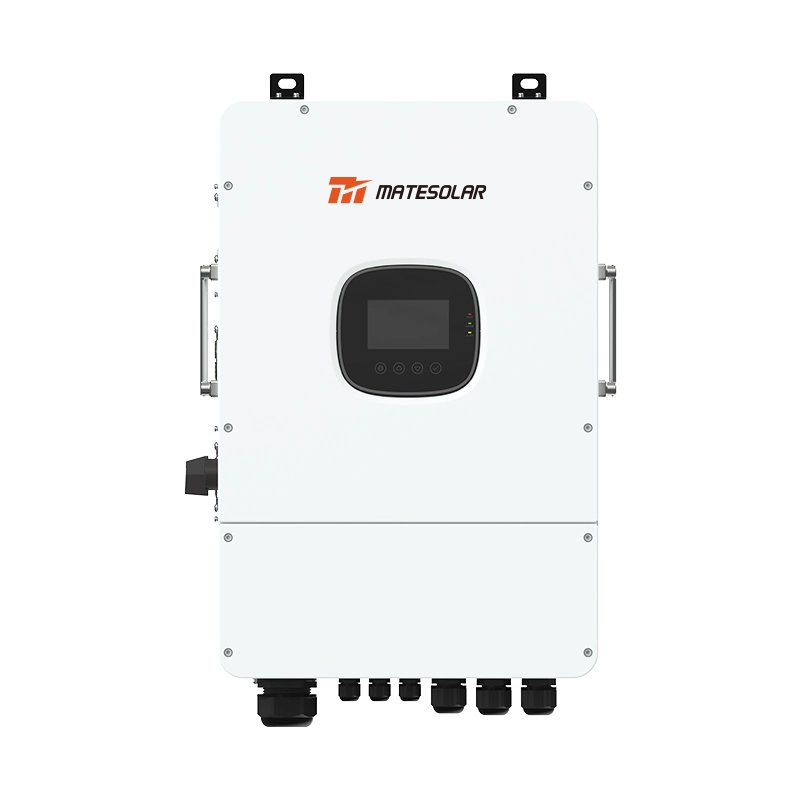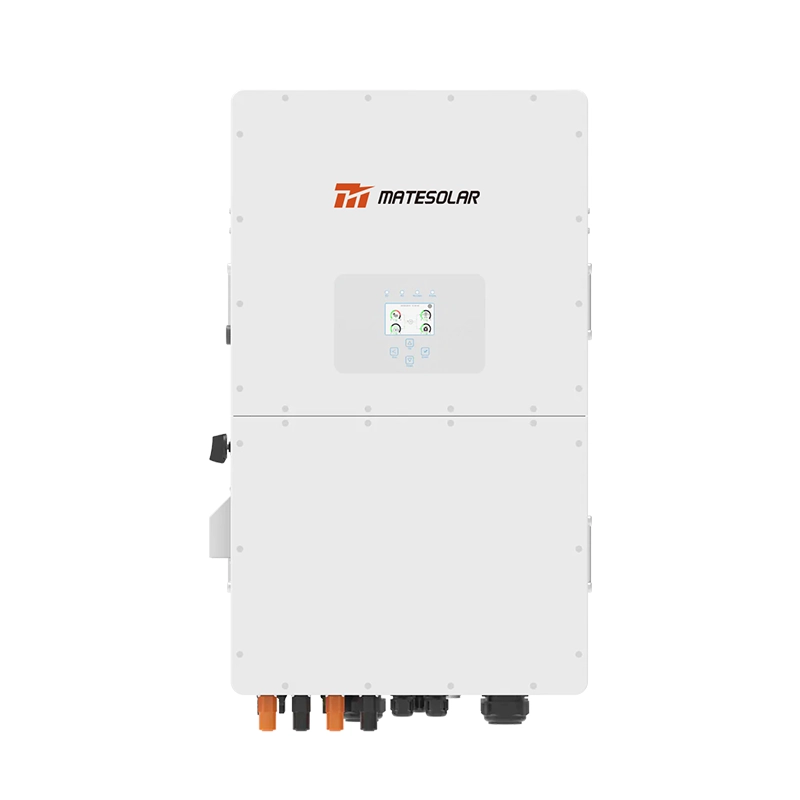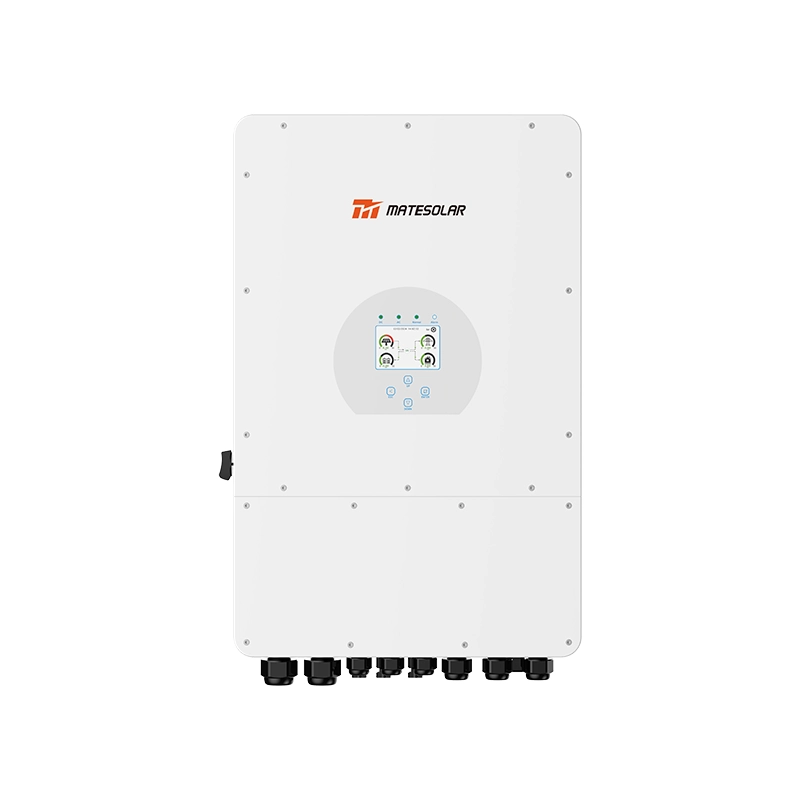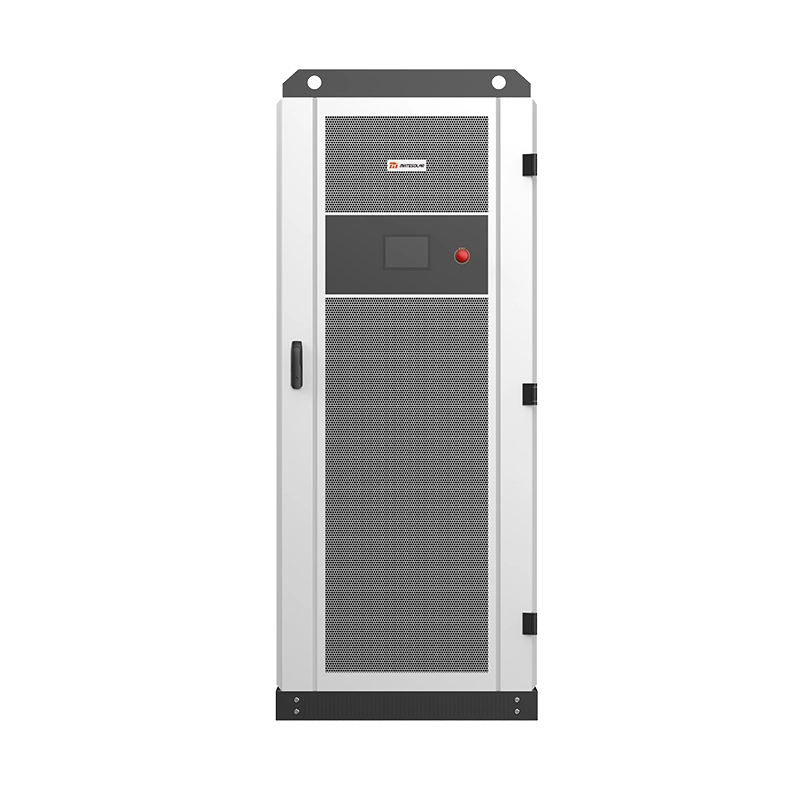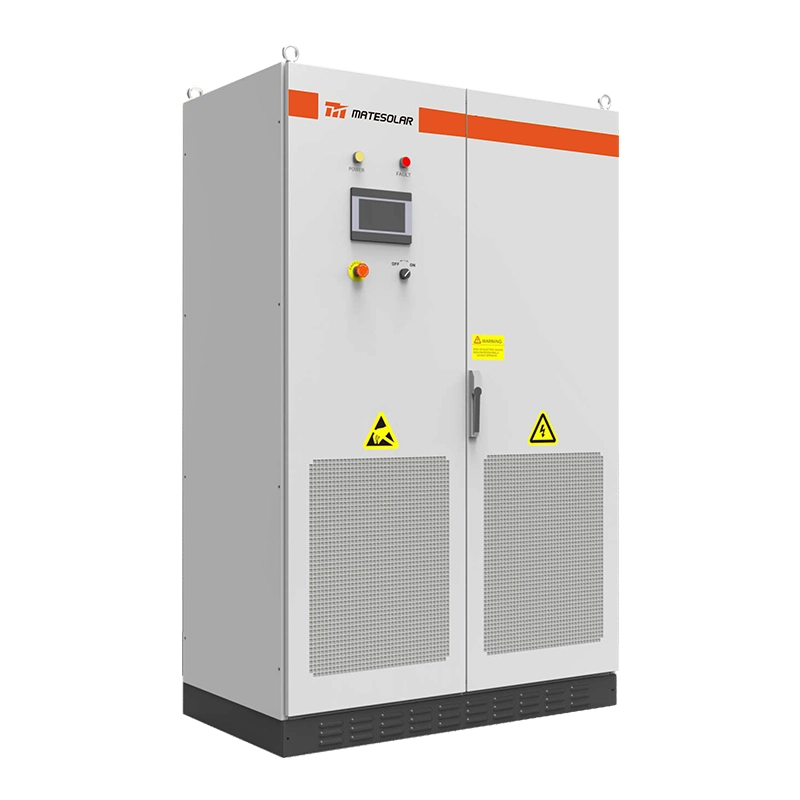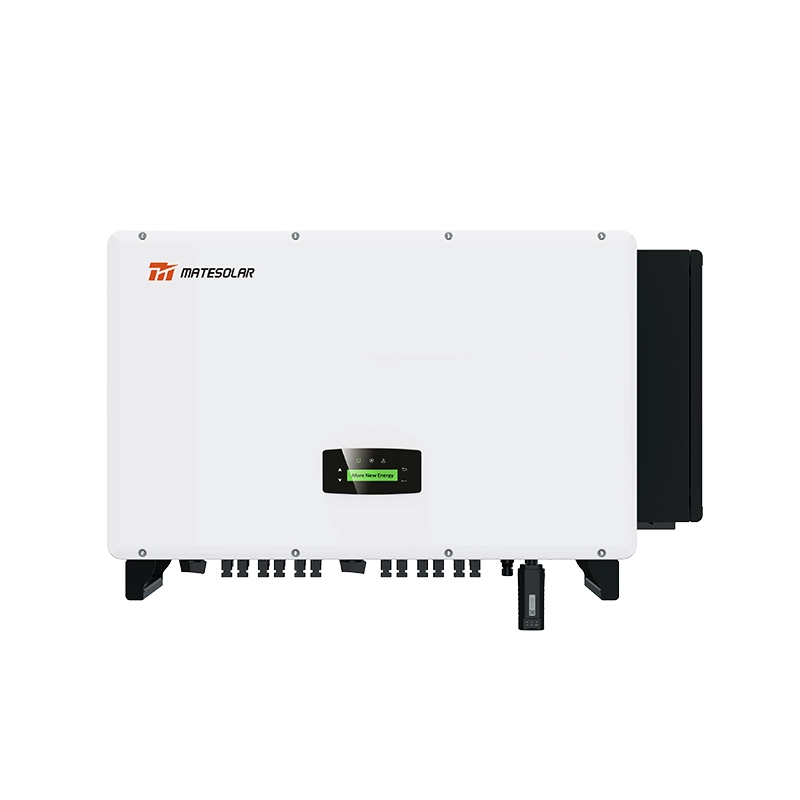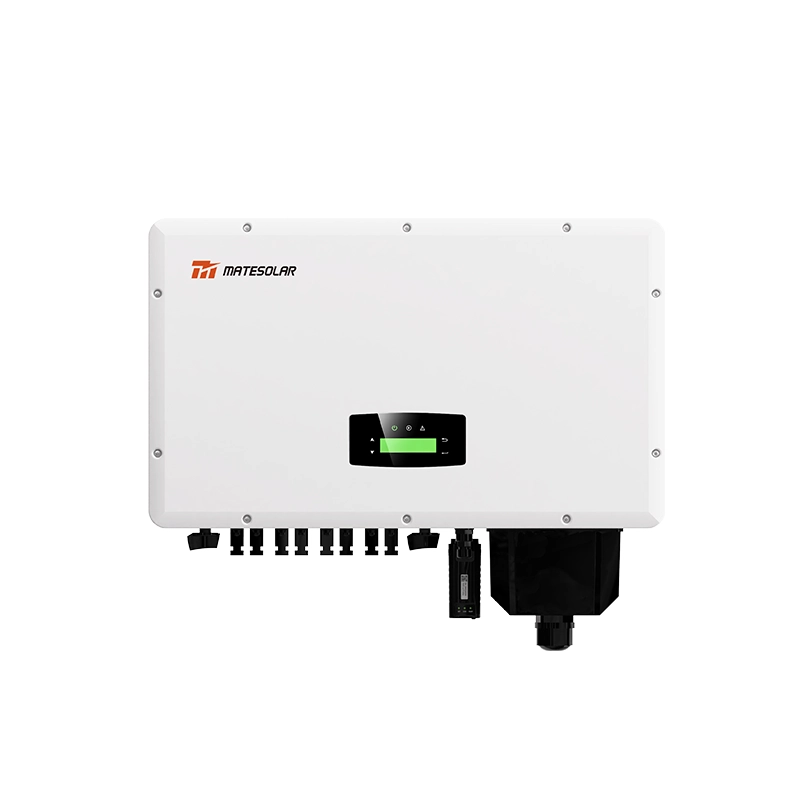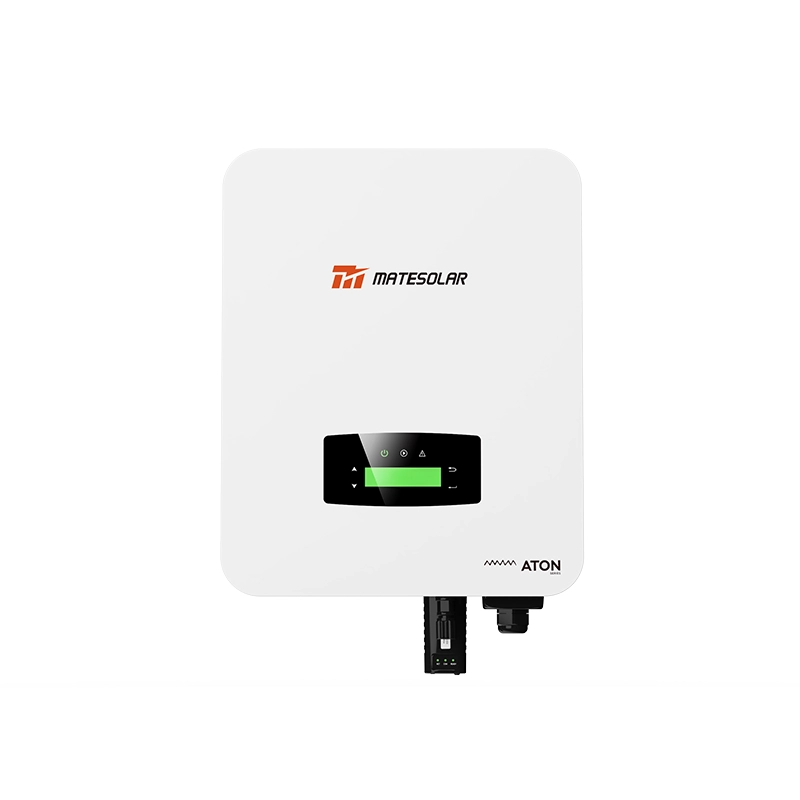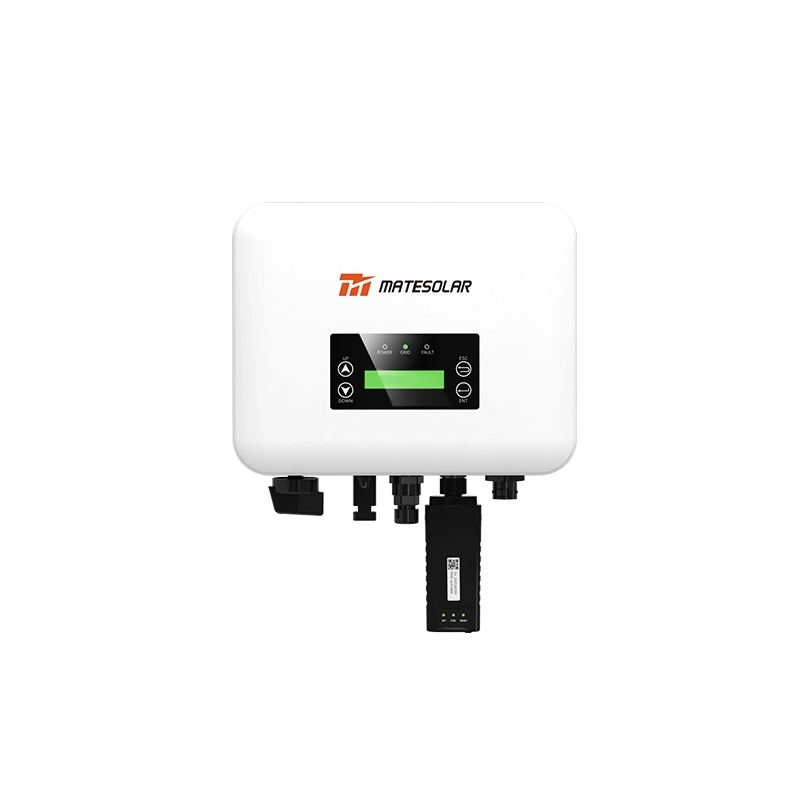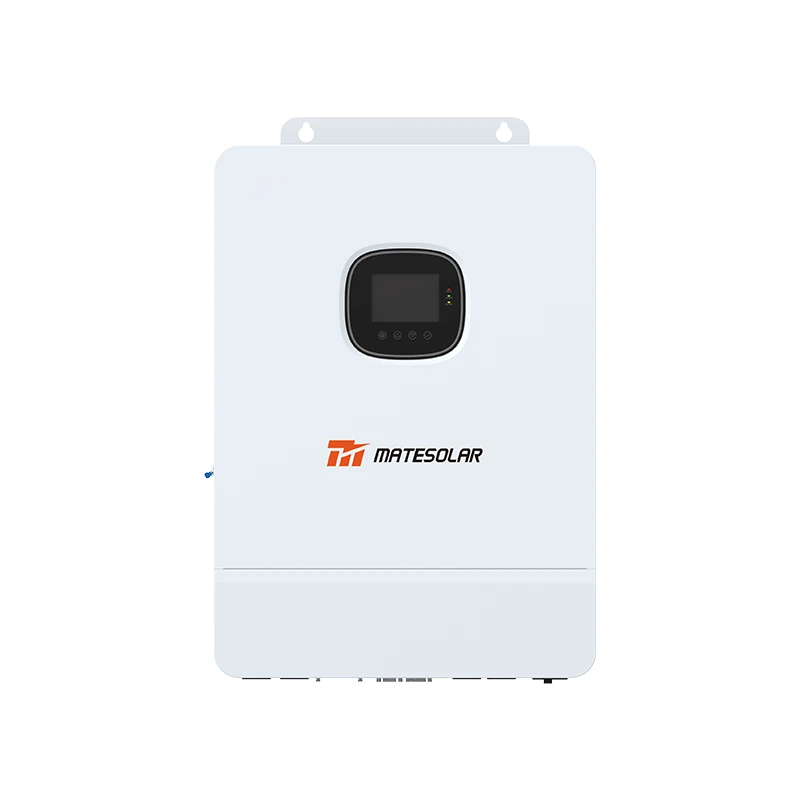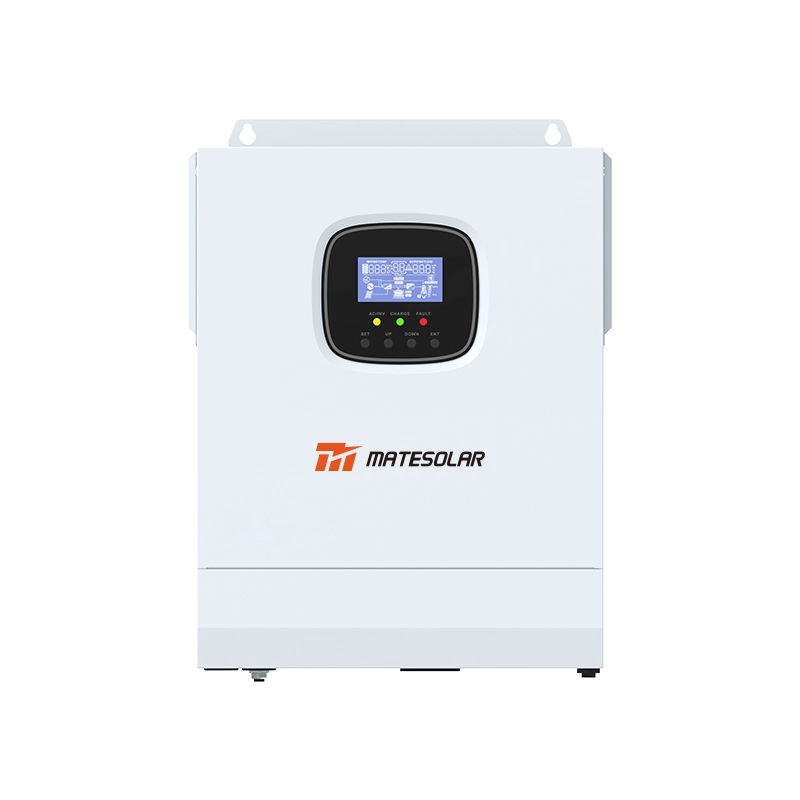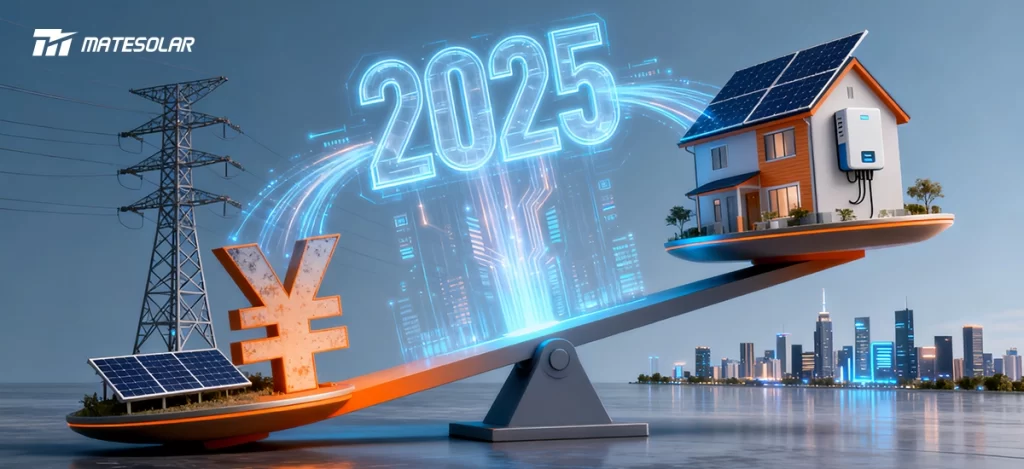
Executive Summary
The global energy landscape is undergoing a transformative shift as integrated photovoltaic (PV) and storage systems approach a critical economic inflection point. While "energy parity" focused on matching traditional energy costs, the new era of "system parity" addresses comprehensive grid stability and reliability challenges. By 2025, technological advancements and cost reductions have positioned integrated PV-storage systems to compete not just on generation cost but as fully viable replacements for conventional power infrastructure. This analysis examines the roadmap from basic cost competitiveness to full system viability, providing investors and energy professionals with actionable insights for navigating this transition.
Introduction: Redefining Parity in the Energy Transition
The concept of energy parity has evolved significantly from its initial formulation. Initially, the industry celebrated when renewable generation costs alone fell below those of conventional sources. However, this narrow focus overlooked critical system integration costs. Today, the conversation has shifted to system parity – a holistic approach that accounts for the full spectrum of expenses associated with delivering reliable, dispatchable power from variable renewable resources.
The integration of storage with solar PV has emerged as the pivotal innovation enabling this transition. By addressing intermittency concerns and providing grid-stabilizing services, combined solutions are reshaping how we evaluate energy economics. According to recent analysis, China's electrification rate has already reached 27.4% (2024), ranking first globally, with the "15th Five-Year Plan" period expected to maintain a CAGR of over 6% in electricity consumption. This growth trajectory creates an urgent need for solutions that can address both economic and technical requirements of modern power systems.
The Three-Stage Evolution to Full System Parity
Stage 1: Energy Parity (2020-2021)
The initial parity milestone was achieved when standalone solar and wind generation costs fell below those of fossil fuels without accounting for integration expenses. During this period, the Levelized Cost of Energy (LCOE) for renewables became competitive, but the grid bore the burden of managing intermittency through balancing services and infrastructure upgrades. This approach created a fundamental imbalance – while generation costs appeared favorable, the system-wide expenses continued to escalate as renewable penetration increased.
Stage 2: System Parity (2025-2030)
We are currently entering this crucial phase where integrated solutions achieve cost competitiveness. The system parity era consists of two distinct components:
- Demand-Side Parity (2025): Achieved when 70% green electricity self-supply systems using integrated PV-storage reach LCOE of ≤0.394 yuan/kWh. This makes renewable energy economically viable for end-users without subsidies.
- Supply-Side Parity (2030): Expected when PV-storage LCOE reaches ≤0.36 yuan/kWh, enabling direct replacement of existing coal-fired power plants. This milestone represents a fundamental threat to conventional generation assets.
Stage 3: Complete Parity (Post-2030)
The final stage will be characterized by grid-forming technologies that enable renewable-dominated systems to maintain grid stability without conventional generation backup. Technologies like Huawei's FusionSolar 9.0 system demonstrate this capability today through features including short-circuit current support, virtual inertia support, and black-start capabilities .
Table: Evolution of Parity Concepts in Renewable Energy
| Parity Type | Timeframe | Key Metric | Technical Requirements | Economic Implications |
| Energy Parity | 2020-2021 | LCOE ≤ conventional generation | Grid tolerance for intermittency | Apparent cost advantage, hidden system costs |
| System Parity | 2025-2030 | LCOE + integration costs ≤ alternatives | Storage for time-shifting (2-4 hours) | True cost competitiveness for new capacity |
| Complete Parity | Post-2030 | Full grid services cost ≤ conventional | Grid-forming capabilities, multi-hour storage | Direct replacement of existing conventional assets |
Optimal System Configurations Across Green Electricity Self-Supply Rates
Achieving system parity requires careful system design tailored to specific self-supply objectives. The configuration requirements vary significantly based on the desired percentage of energy from renewable sources .
Low Self-Supply (0-30%)
For applications requiring less than 30% renewable penetration, basic PV systems without storage often suffice. During periods of high generation, excess power can be exported to the grid, while grid power compensates for deficits. This approach minimizes upfront investment while establishing a foundation for future expansion. The key design principle is optimizing self-consumption of onsite generation to maximize economic returns without overinvesting in capacity that would require significant curtailment.
Moderate Self-Supply (30-80%)
This range represents the sweet spot for many commercial and industrial applications. Achieving 30-80% self-supply typically requires a PV-to-wind ratio of 7:3 combined with storage capacity up to 20% of generation capacity with 2-hour duration. This configuration effectively addresses daily variability while minimizing grid dependency. Strategic oversizing of PV capacity helps counter seasonal variations, with storage primarily serving to shift midday generation peaks to evening demand periods.
High Self-Supply (80-95%)
Applications demanding very high renewable penetration (80-95%) require more significant storage investments and sophisticated management. Systems in this range typically employ a 6:4 PV-to-wind ratio with 20% storage capacity at 2-hour duration. At these penetration levels, the law of diminishing returns begins to apply, as each additional percentage of reliability requires disproportionately greater storage investment. The configuration must address not just daily but also multi-day weather patterns and seasonal variations.
Near-Total Self-Supply (95-100%)
The final 5-10% of reliability represents the most challenging and expensive segment. Achieving near-total energy independence typically requires diesel generation or grid backup to address approximately 400+ hours of annual supply gaps . These gaps typically occur during prolonged periods of unfavorable weather conditions where replenishing storage from renewable sources becomes challenging. For most applications, maintaining a connection to the grid or including backup generation proves more economical than attempting to achieve 100% renewable reliability through oversized storage.
Technological Innovations Driving Economic Viability
Grid-Forming Inverters
The evolution from grid-following to grid-forming inverters represents a fundamental breakthrough in renewable integration. Traditional inverters require a stable grid voltage and frequency reference to operate, essentially "following" the grid's conditions. In contrast, grid-forming inverters can autonomously establish and maintain grid stability without external references. Huawei's recently launched FusionSolar 9.0 system exemplifies this capability, providing six essential grid-stabilizing functions including virtual inertia, fast frequency response, and black start capability.
Storage Technology Advancements
Storage system improvements have been equally transformative. Lithium-ion batteries have demonstrated clear technical and economic advantages over traditional lead-acid alternatives. Research shows that while lead-acid batteries experience significant degradation (exhibiting -1544 kWh/yr storage depletion), lithium-ion batteries actually show positive storage depletion of 348 kWh/yr, indicating better longevity. Additionally, lithium-ion systems demonstrate lower annual energy losses (204,181 kWh/yr versus 447,415 kWh/yr for lead-acid), highlighting their superior efficiency.
System Integration and AI Optimization
Advanced energy management systems leveraging artificial intelligence have dramatically improved the economic performance of integrated PV-storage installations. Huawei reports that incorporating AI throughout the "plan-build-maintain-operate" lifecycle can reduce implementation and design errors by 40%, increase operational efficiency by 50%, and boost revenue by more than 10%. These improvements significantly enhance ROI while reducing operational complexities.
Table: Comparative Technical and Economic Performance of Energy Storage Technologies
| Parameter | Lead-Acid Batteries | Lithium-Ion Batteries | Advantage Margin |
| Annual Degradation | -1544 kWh/yr | +348 kWh/yr | Lithium-ion shows better longevity |
| Energy Efficiency | 447,415 kWh/yr losses | 204,181 kWh/yr losses | 54% reduction in losses with lithium-ion |
| Cycle Life | 1,000-1,500 cycles | 6,000+ cycles | 4-6x improvement with lithium-ion |
| Space Requirement | Higher footprint per kWh | Compact design | 40-60% space savings with lithium-ion |
| Maintenance Needs | Regular maintenance required | Minimal maintenance | Significant O&M reduction with lithium-ion |
Economic Models and Investment Analysis
Levelized Cost of Energy (LCOE) Projections
The defining metric for energy economics, LCOE for integrated PV-storage systems has declined dramatically. For off-grid applications, studies show that PV/Li-ion configurations demonstrate LCOE values of approximately $0.236/kWh when optimized with complementary generation sources. This represents a compelling value proposition for remote applications traditionally dependent on diesel generation. Grid-connected systems show even more favorable economics, with some configurations showing negative NPC values around -$120 million, indicating significant long-term savings or revenue generation potential.
Return on Investment (ROI) Considerations
Investment analysis must account for both direct revenue streams and avoided costs. A study on PV-ESS-V2G DC microgrids demonstrated that V2G mobile storage can partially replace fixed storage, achieving a payback period of 4.5 years and an internal rate of return exceeding 17%. These figures highlight the economic viability of well-designed systems.
For larger implementations, such as 100MW-scale zero-carbon parks, integrated systems requiring total investments of approximately ¥810 million can generate annual operational savings of ¥60 million from electricity bill reductions, plus ¥30 million from carbon trading and ¥20 million from hydrogen sales . This diversified revenue approach delivers payback periods of 8-10 years while providing significant environmental benefits.
Capacity-Operation Collaborative Optimization
Recent research introduces sophisticated modeling approaches that simultaneously optimize both system sizing and operational strategies. A study from North China Electric Power University demonstrated that a bi-level optimization model combining NSGA-II algorithms with linear programming can reduce LCOE by 3.43% and carbon emissions by 92.13% compared to non-optimized reference systems. This highlights the importance of integrated design approaches rather than sequential planning processes.
Policy Frameworks Supporting System Parity
Regulatory Developments
Progressive policy frameworks have been instrumental in accelerating the adoption of integrated PV-storage systems. In China's Henan Province, regulations now mandate that integrated energy projects in rural areas must achieve green electricity self-consumption rates of at least 50%, with the remainder gradually participating in electricity market transactions. These policies create a predictable environment for investment while ensuring system designs align with grid capabilities.
Market Mechanisms
The evolution of electricity market designs to properly value the grid services provided by storage-enhanced renewables has been equally important. Services including frequency regulation, voltage support, and capacity availability represent significant revenue streams that improve project economics. Market reforms recognizing the capacity value of storage-supported renewables have been particularly important in achieving system parity.
Implementation Challenges and Solutions
Technical Integration Barriers
Despite rapid progress, significant implementation challenges remain. The intermittent nature of renewable sources creates fundamental mismatches between generation and load demand. Solutions involve both technological approaches (advanced forecasting, flexible storage) and market mechanisms (dynamic pricing, demand response) to align consumption with availability.
Economic Hurdles
The front-loaded capital investment required for integrated systems remains a barrier despite improving economics. Innovative financing models including energy-as-a-service arrangements, third-party ownership, and green bonds have emerged to address this challenge. Additionally, standardization of system designs and performance metrics has reduced investor uncertainty, lowering the cost of capital.
Future Outlook: The Path Beyond System Parity
Technology Roadmaps
Looking beyond the current system parity milestone, several technologies show particular promise for further advancing integration. Green hydrogen production represents a solution for long-duration seasonal storage, addressing one of the final challenges in achieving fully renewable systems. Additionally, advanced battery chemistries including sodium-ion and solid-state technologies offer potential for further cost reductions and performance improvements.
Market Evolution
The electricity sector's evolution toward increasingly granular pricing (5-minute intervals or less) will further enhance the economic advantage of flexible, storage-enabled resources. Similarly, the expansion of carbon pricing mechanisms globally improves the competitive position of zero-carbon resources relative to conventional alternatives.
For businesses evaluating C&I storage, MateSolar offers tailored solutions that turn solar energy into a dependable asset.
https://www.mate-solar.com/category/system
The 150KW Hybrid Solar System
is ideal for medium and small-scale operations, combining robust capacity with high efficiency. Its advanced features ensure maximum battery life and intelligent grid interaction, helping you reduce costs and enhance operational stability.
Frequently Asked Questions (FAQs)
What distinguishes system parity from energy parity?
Energy parity focuses exclusively on generation costs, while system parity accounts for the full integration expenses including grid stability, balancing services, and reliability requirements. System parity represents the point where renewables with necessary integration capabilities can compete without special consideration or subsidies.
How does storage configuration affect economic viability?
Storage duration and power rating significantly impact both technical performance and economics. Research indicates that 2-4 hours of storage duration typically provides the optimal balance for daily cycling, with longer durations reserved for specific applications with multi-day autonomy requirements or valuable ancillary service opportunities.
What role do grid-forming inverters play in achieving system parity?
Grid-forming inverters enable renewable-dominated systems to maintain grid stability without conventional generation backup. This capability eliminates one of the final technical barriers to high-penetration renewable scenarios, reducing integration costs and enabling true system parity.
How do policy frameworks influence the economics of integrated PV-storage systems?
Supportive policies including mandates for renewable self-consumption, streamlined interconnection procedures, and market designs that properly value grid services significantly improve project economics. These frameworks reduce investor risk and create predictable revenue streams essential for financing.
What are the key metrics for evaluating integrated PV-storage investments?
Critical evaluation metrics include LCOE, internal rate of return (IRR), net present value (NPV), and payback period. Additionally, technical metrics including renewable penetration rate, storage cycle efficiency, and grid service capabilities provide a comprehensive performance picture.
Conclusion: Navigating the Parity Transition
The achievement of system parity represents a fundamental shift in energy economics, moving integrated PV-storage solutions from niche applications to mainstream power infrastructure. This transition creates significant opportunities for investors, developers, and energy consumers who understand the new economic paradigms and can strategically deploy these technologies.
The evolution from simple energy parity to comprehensive system viability underscores the remarkable progress in renewable energy technologies and their integration capabilities. As the industry continues to innovate, with advancements in grid-forming technologies, storage economics, and system optimization, the economic advantage of integrated solutions will continue to strengthen.
For organizations seeking to capitalize on this transition, partnering with experienced providers offering comprehensive solutions becomes increasingly valuable. Companies like MateSolar specialize in delivering end-to-end PV-storage systems tailored to specific requirements, ensuring optimal performance and economic returns throughout the project lifecycle.
As we look toward the future, the focus will shift from achieving parity to maximizing value in a renewable-dominated energy ecosystem. The organizations that develop expertise in designing, implementing, and operating these integrated systems today will be best positioned to lead in the energy landscape of tomorrow.
This analysis was presented by MateSolar, your trusted partner for comprehensive photovoltaic and energy storage solutions. As a leading provider in the renewable energy sector, MateSolar combines technical expertise with practical experience to deliver optimized systems that maximize returns while ensuring reliability and performance.





